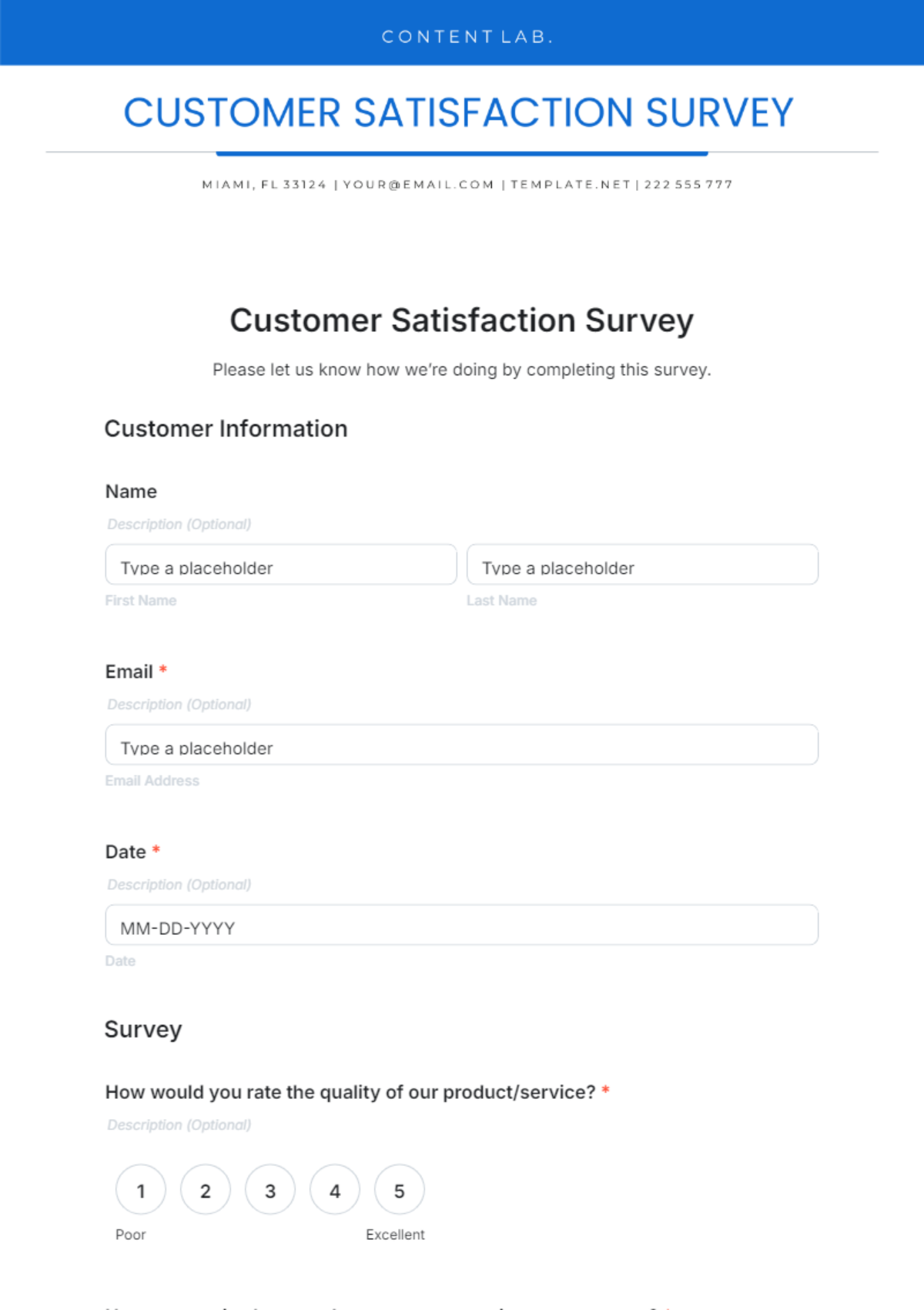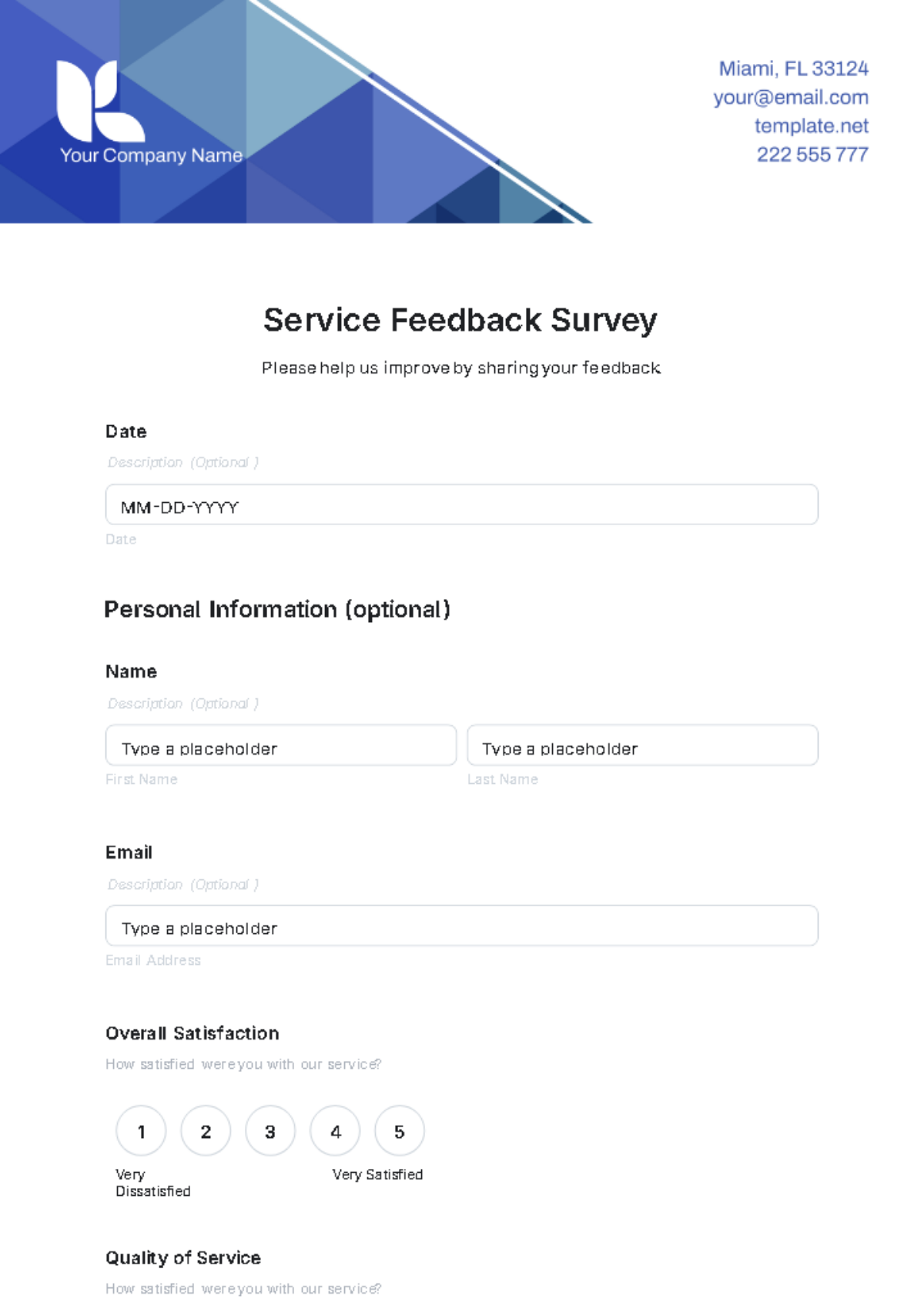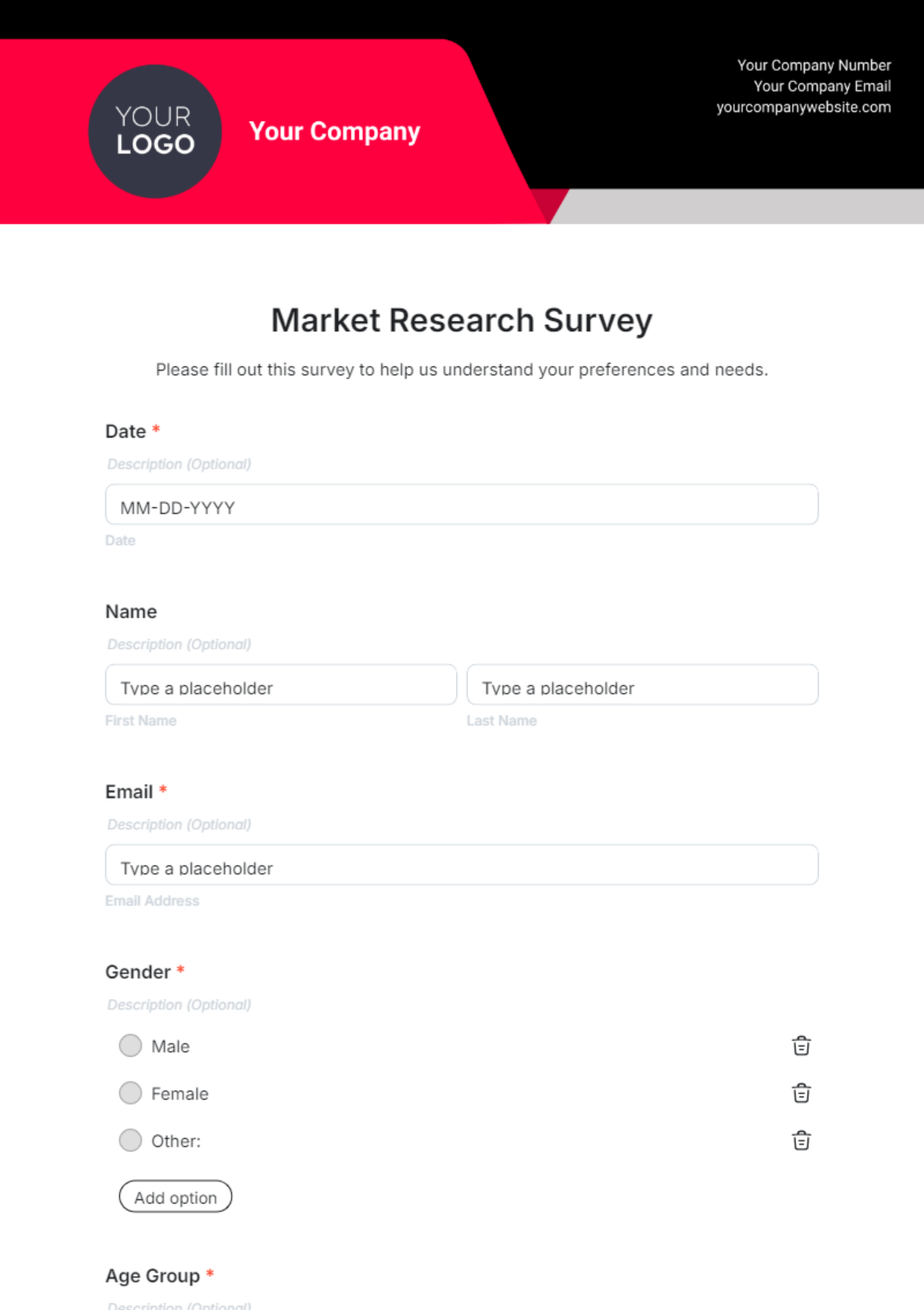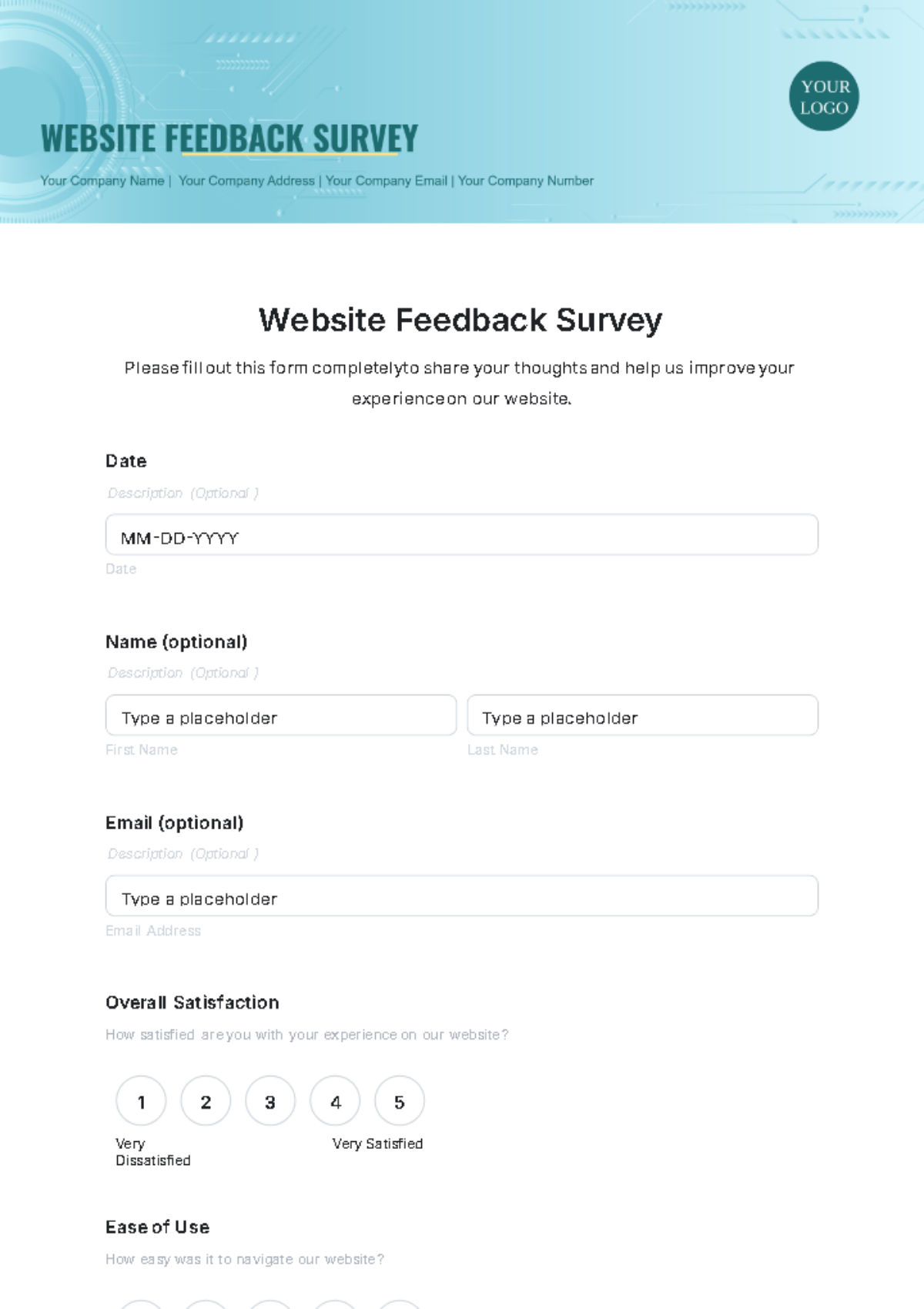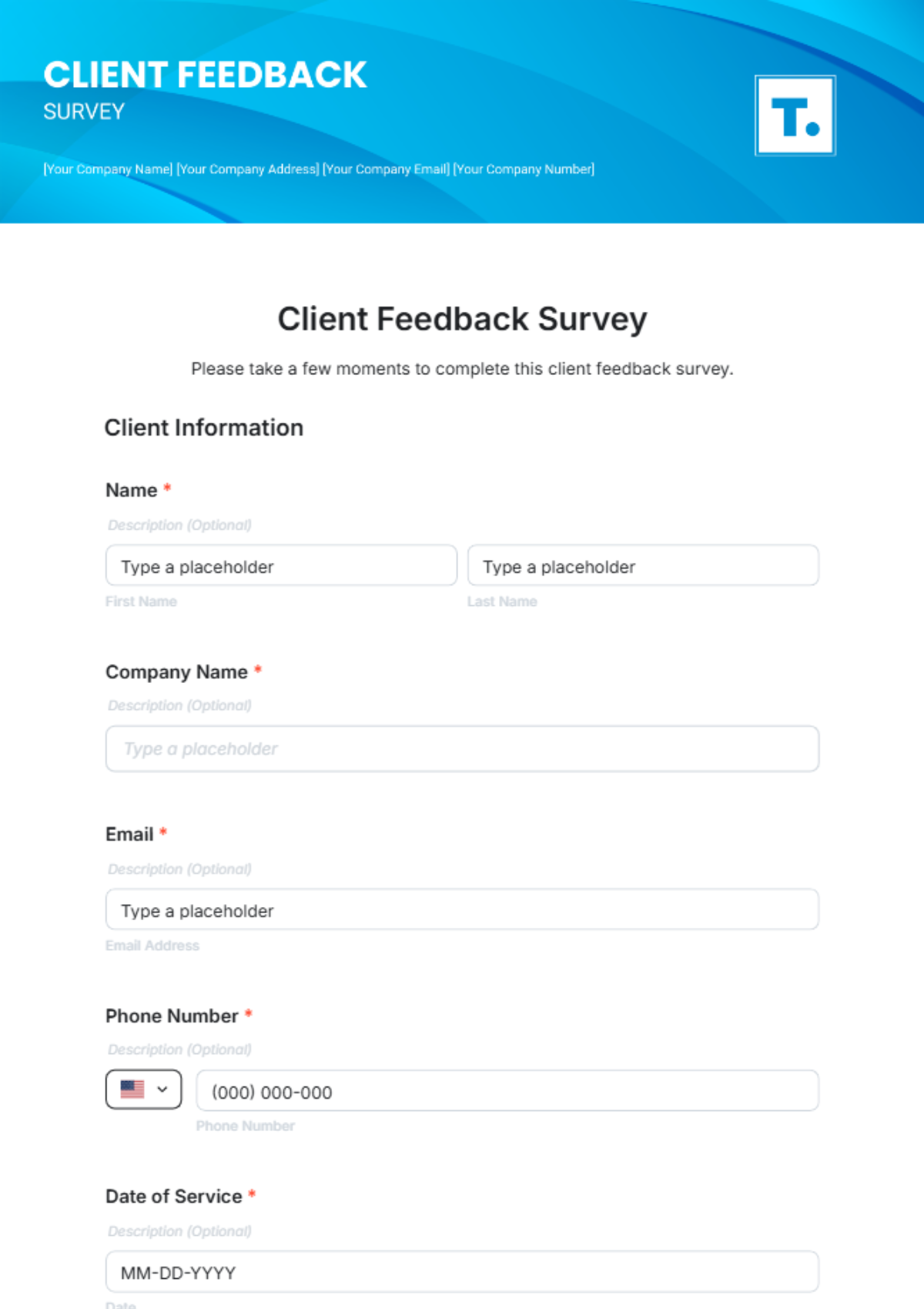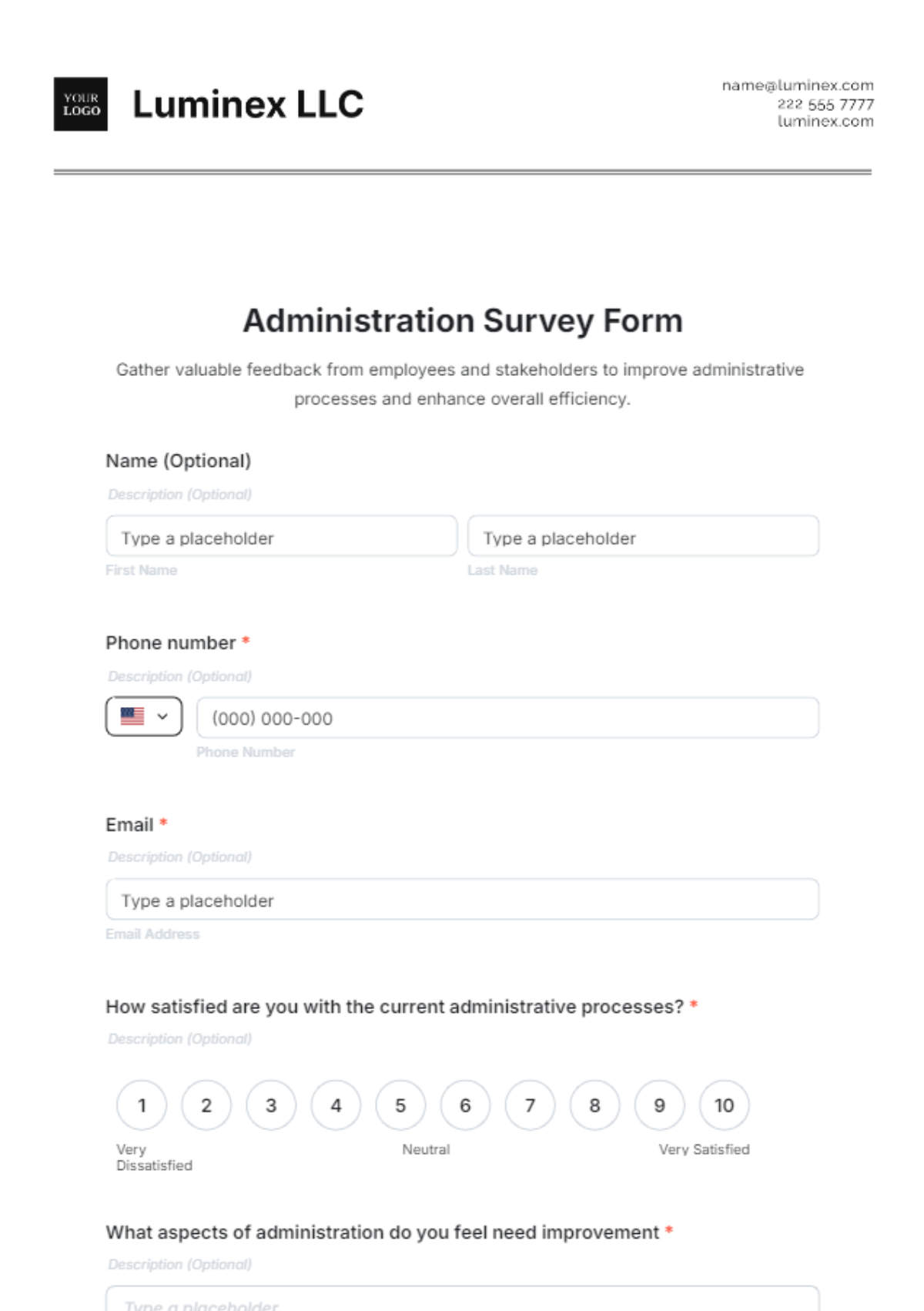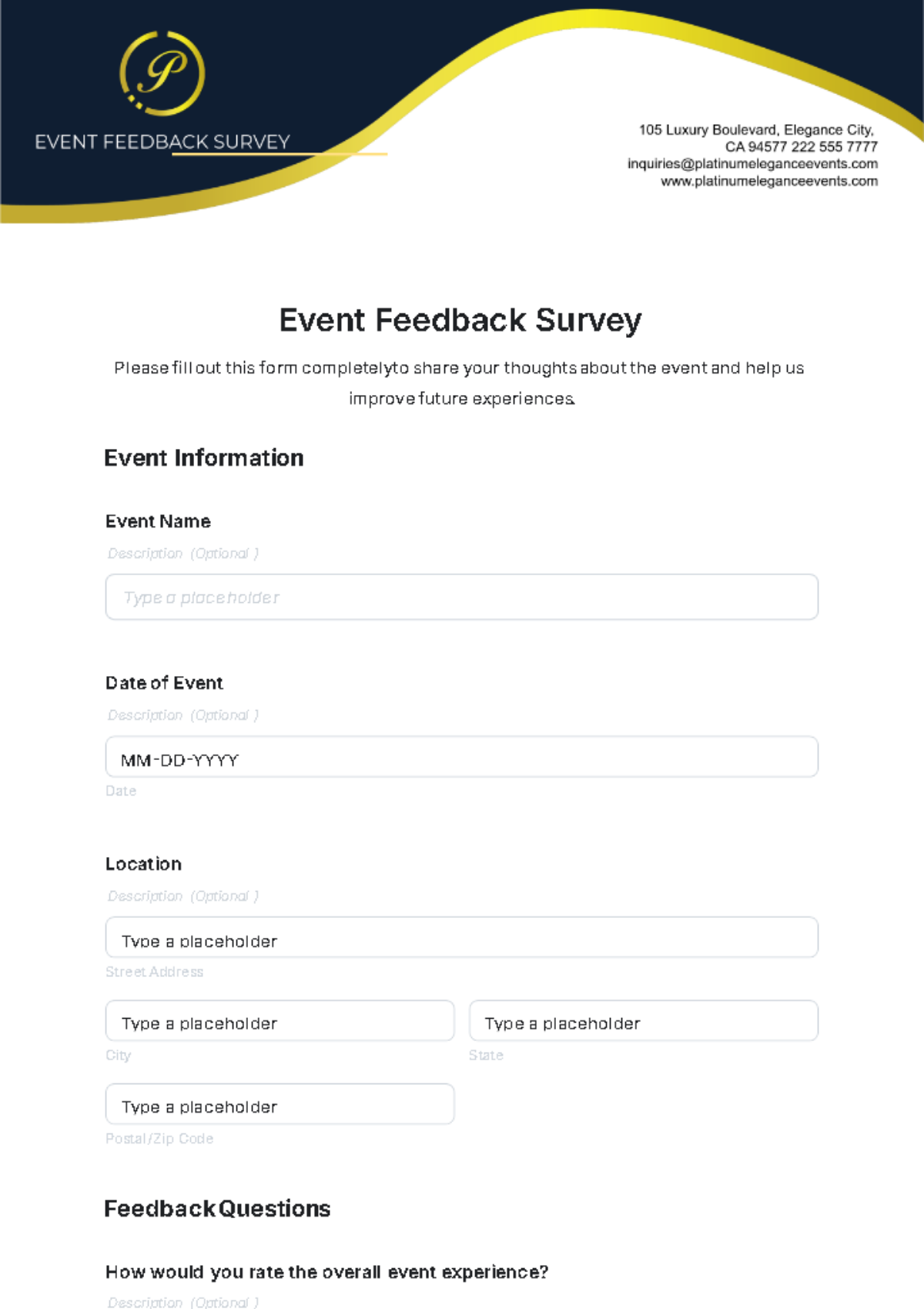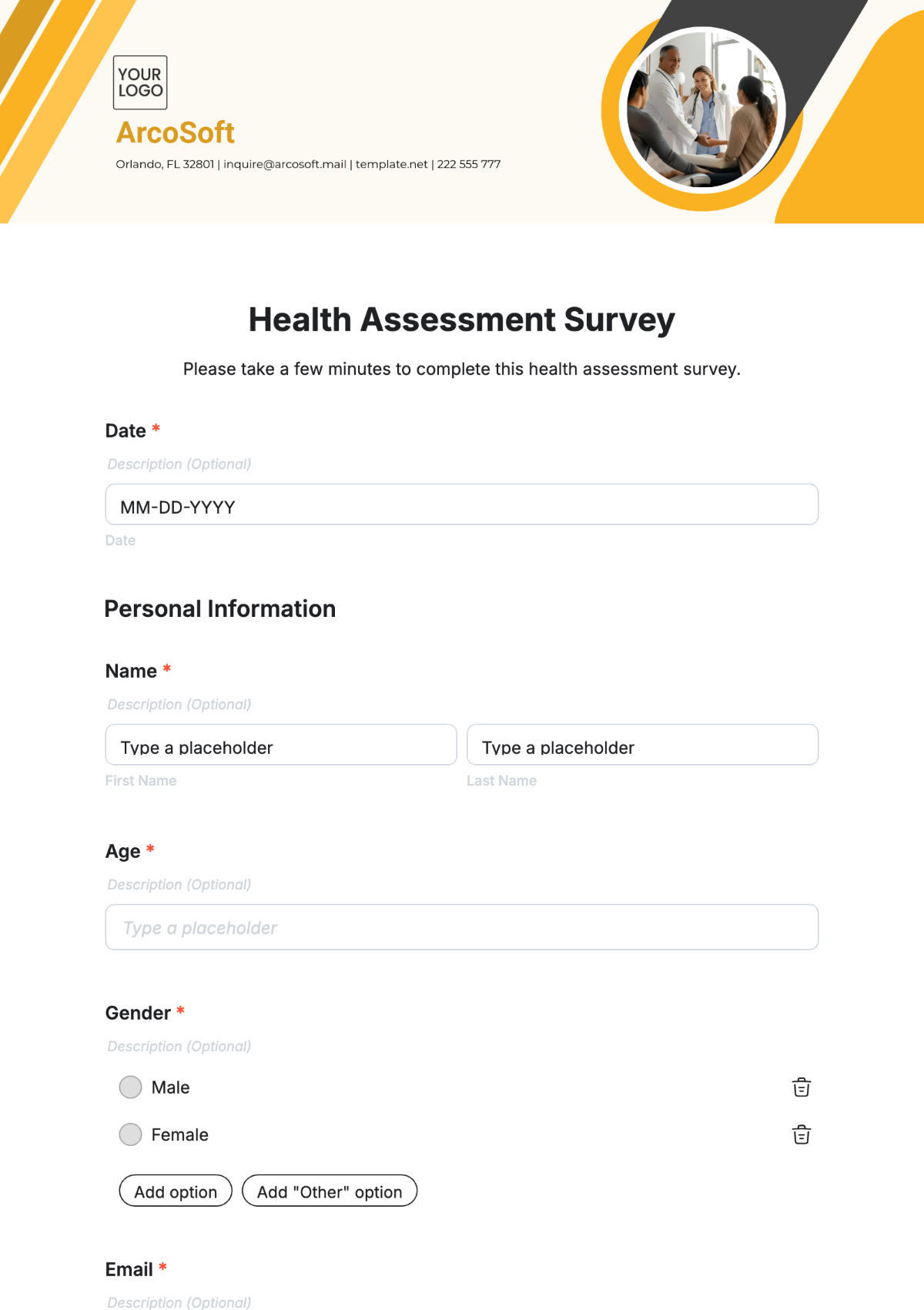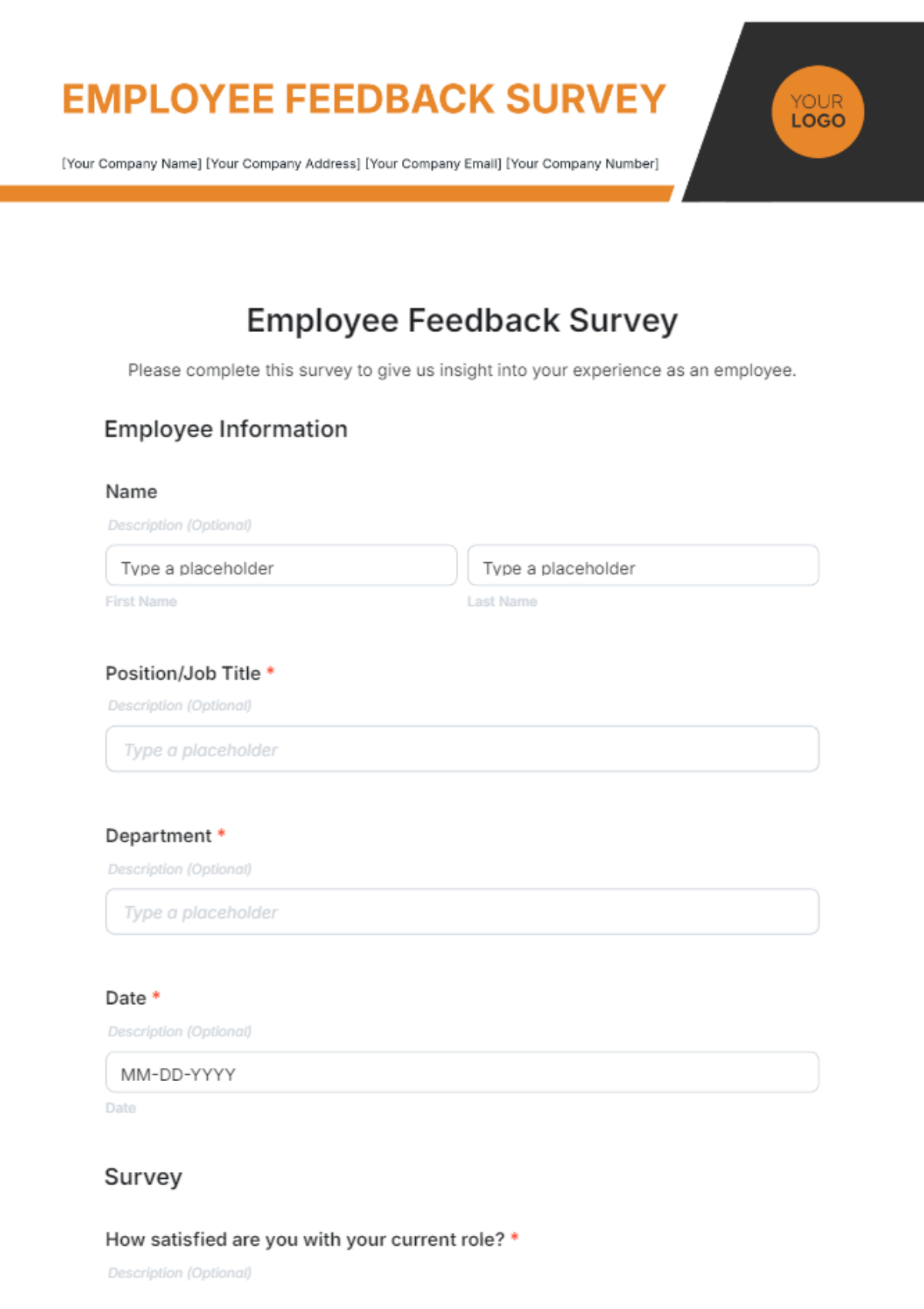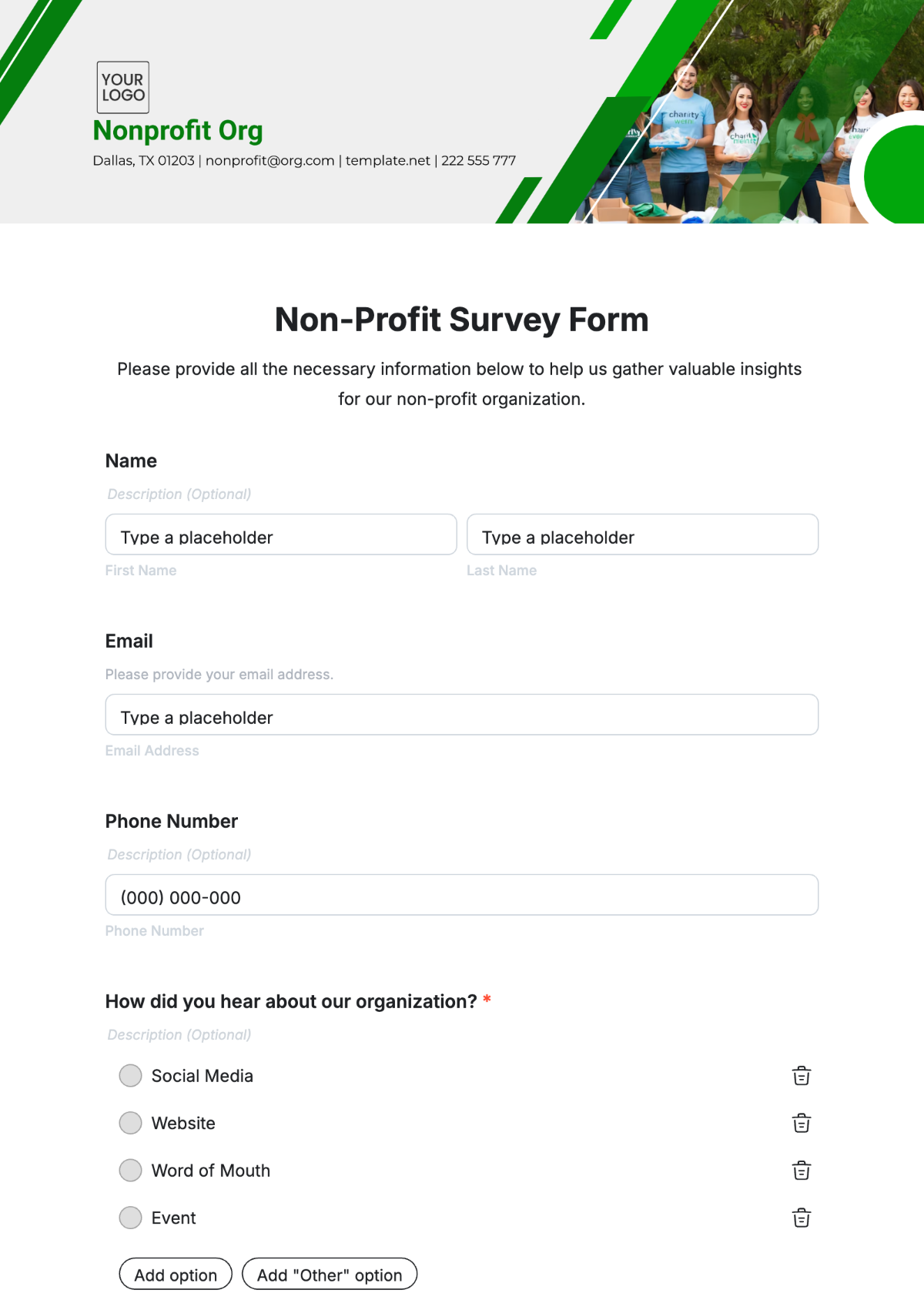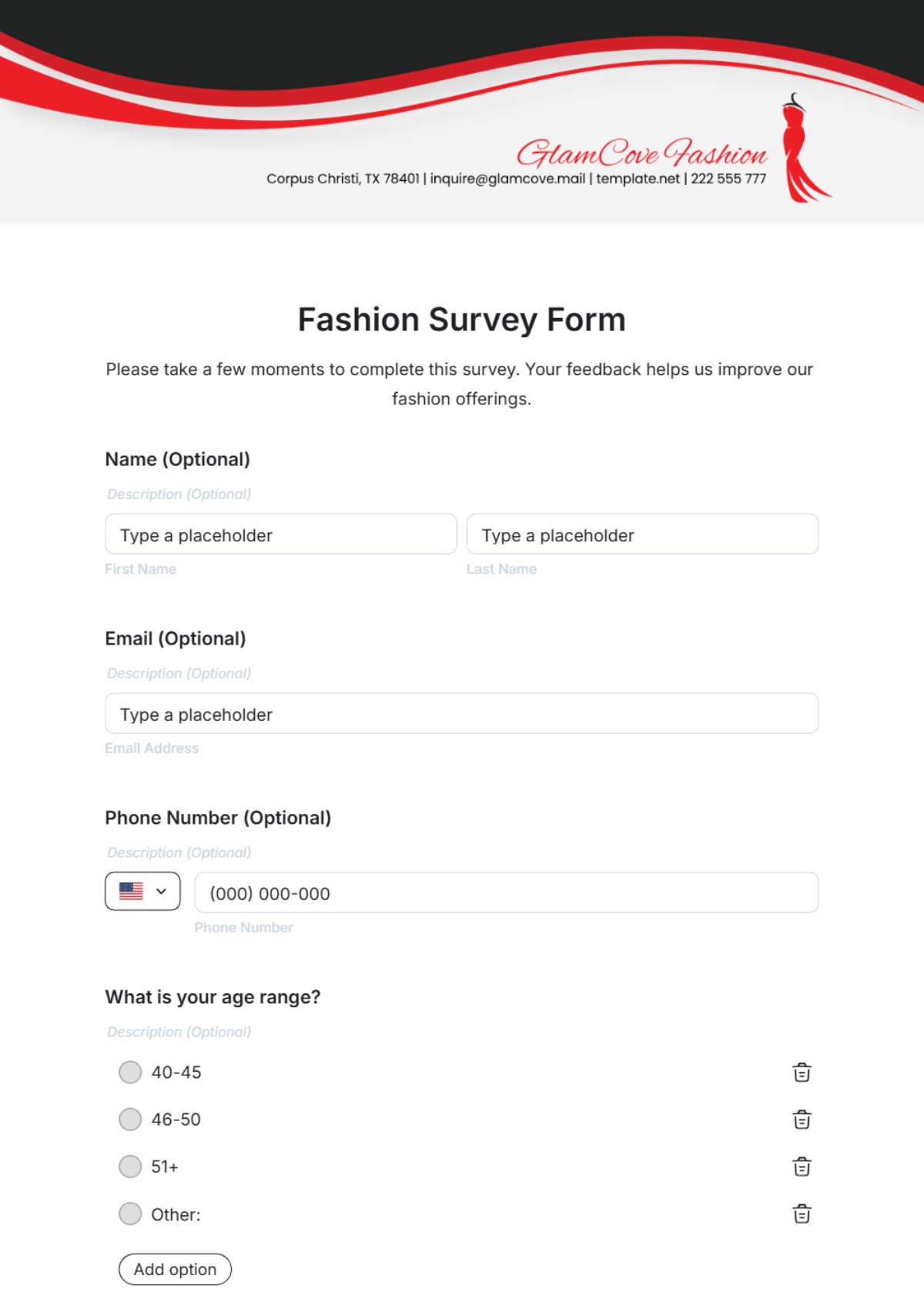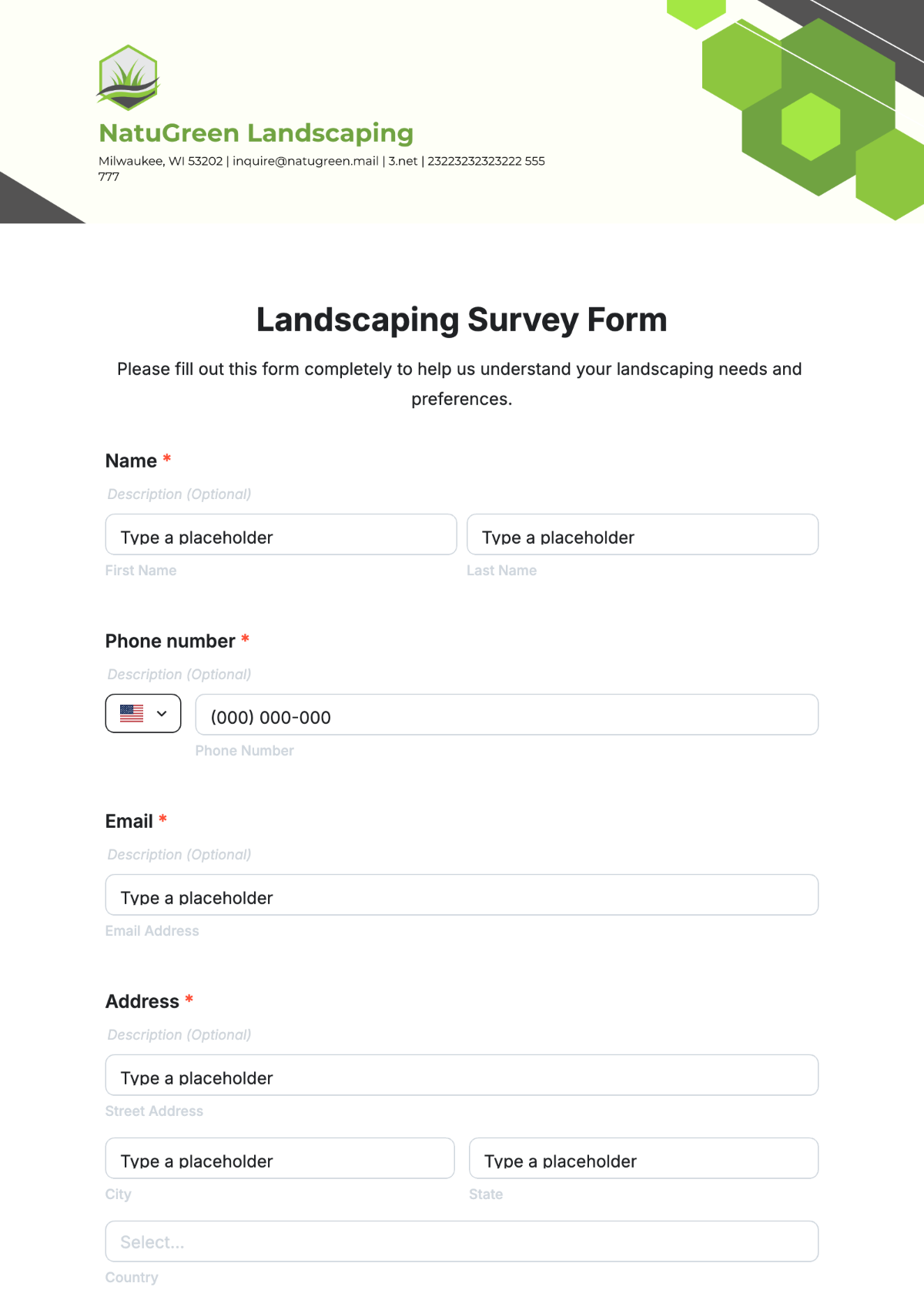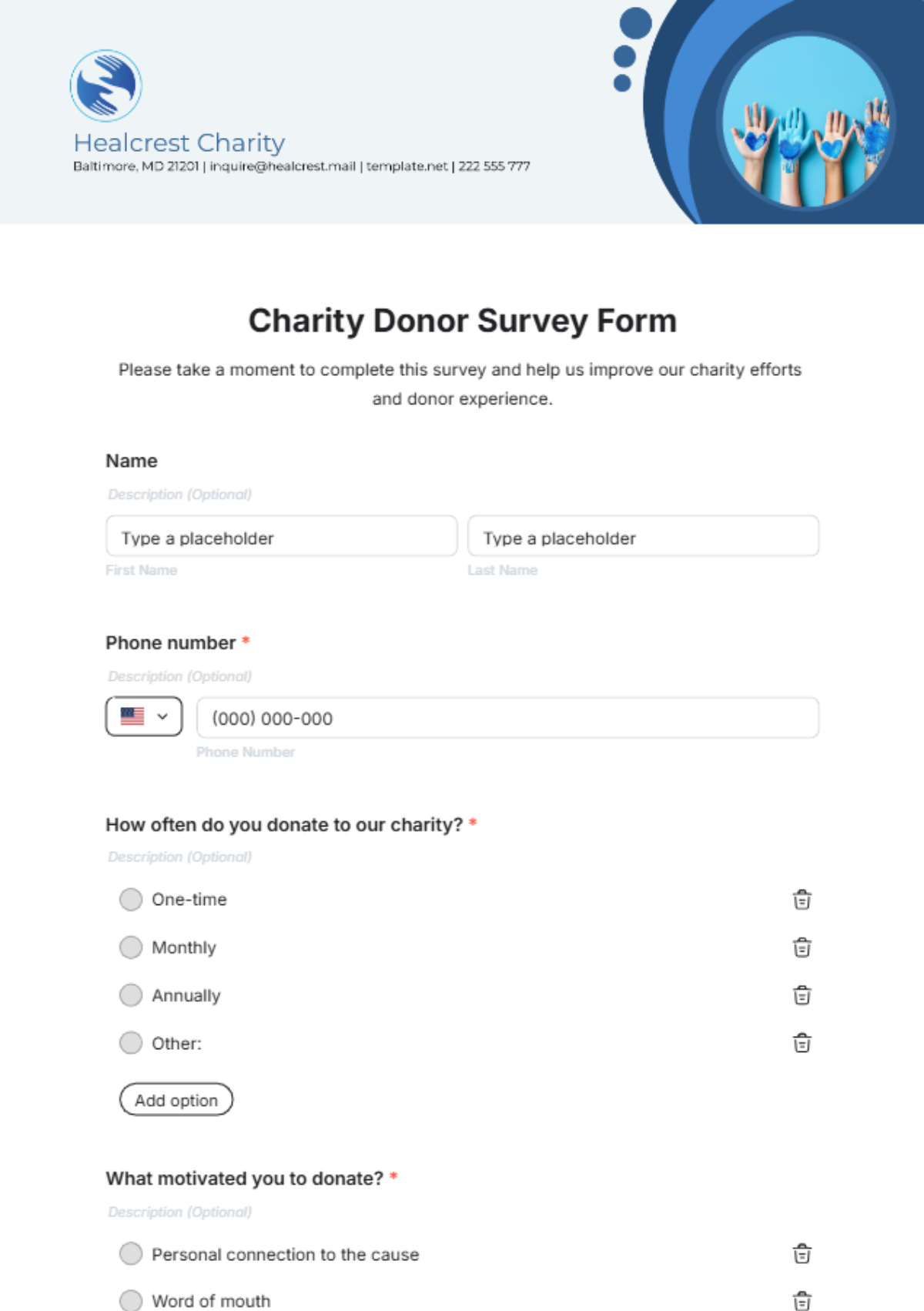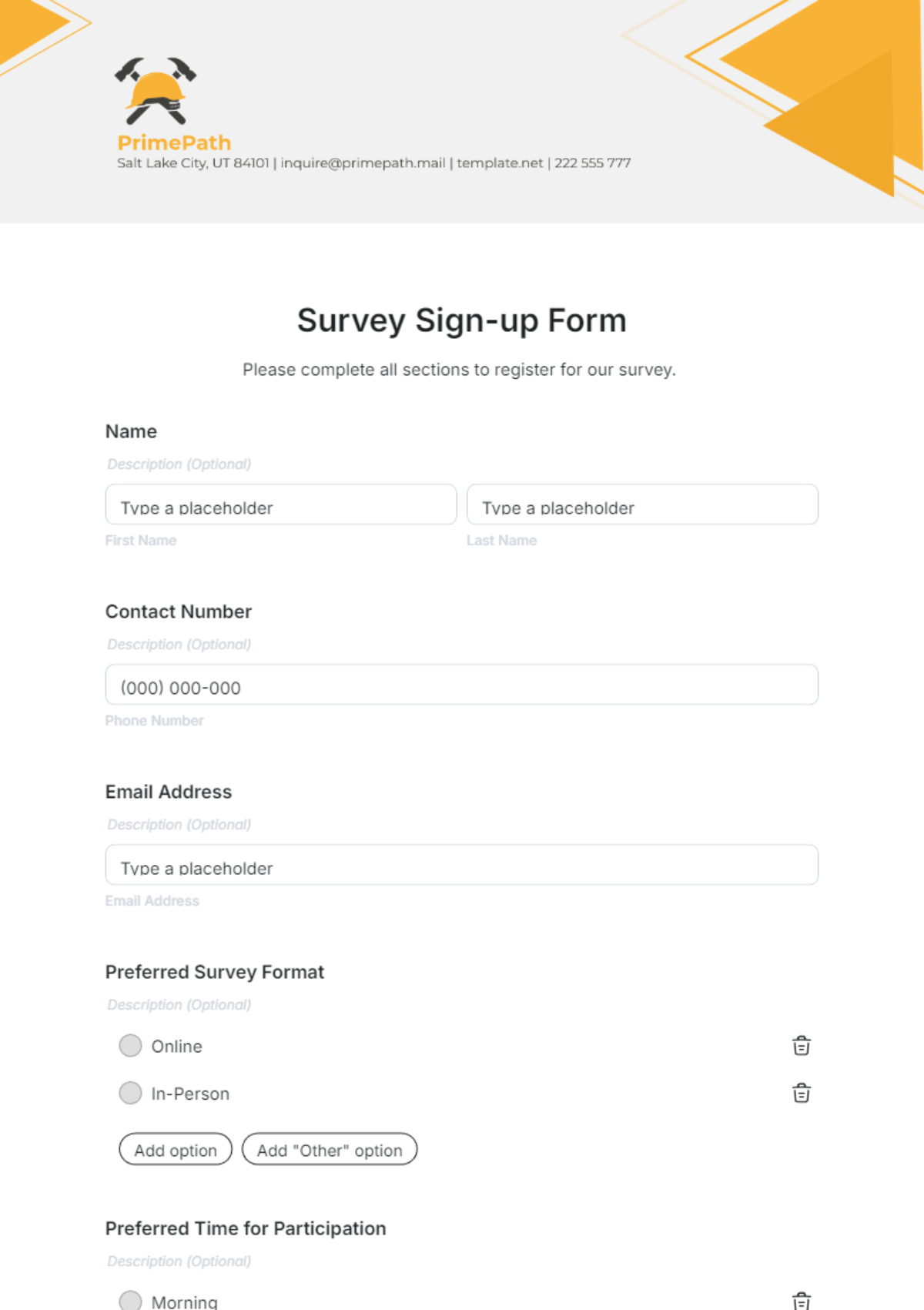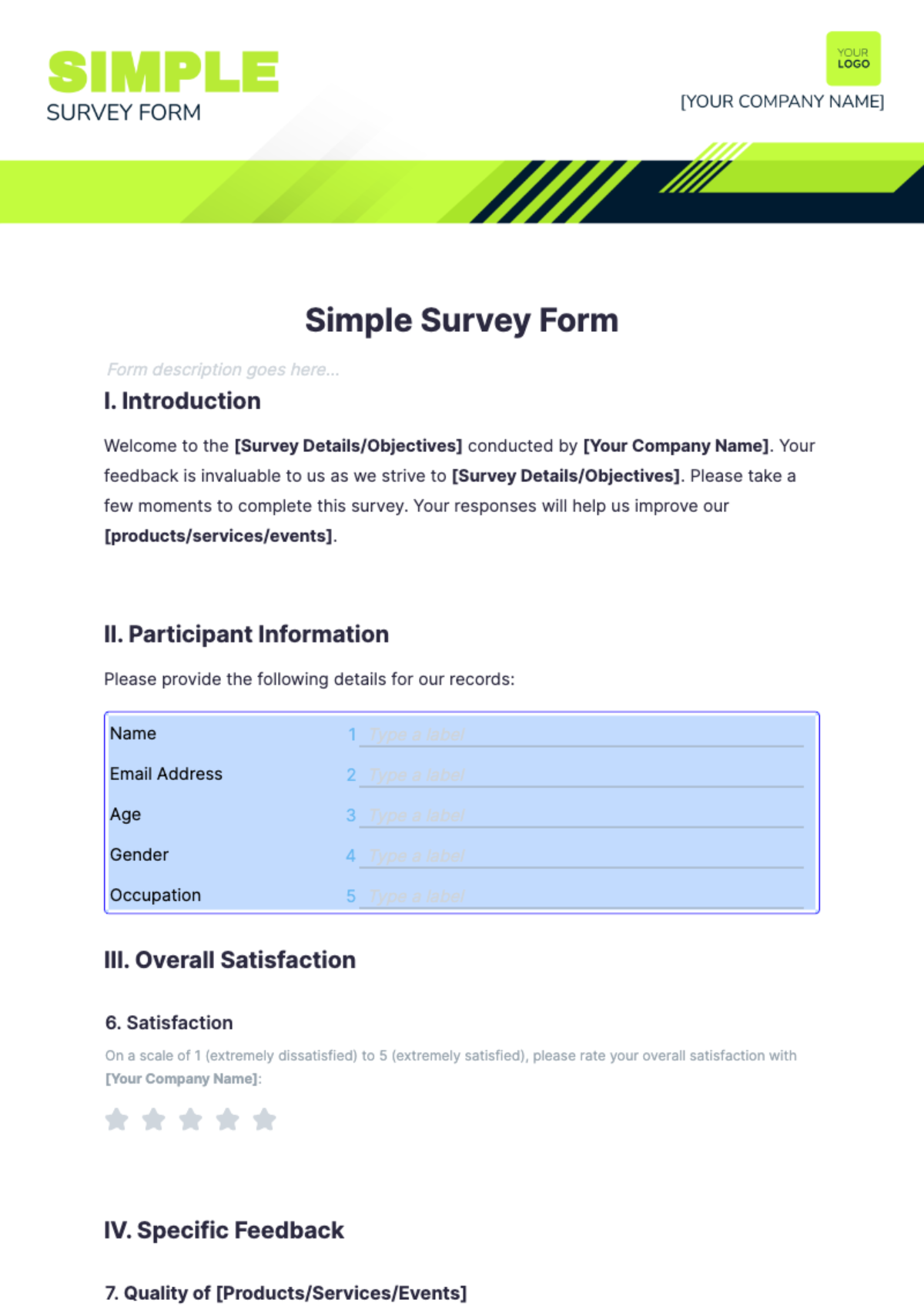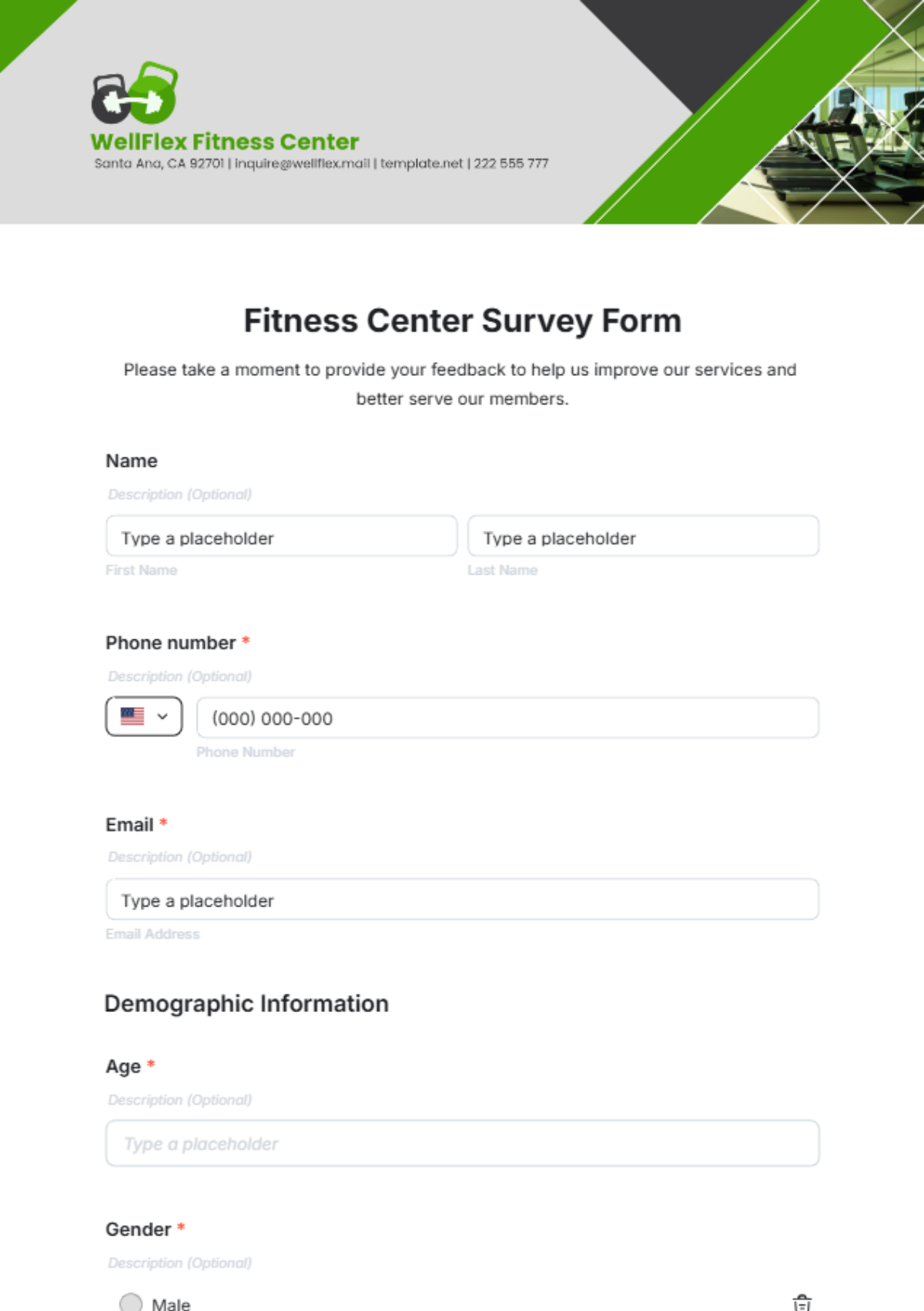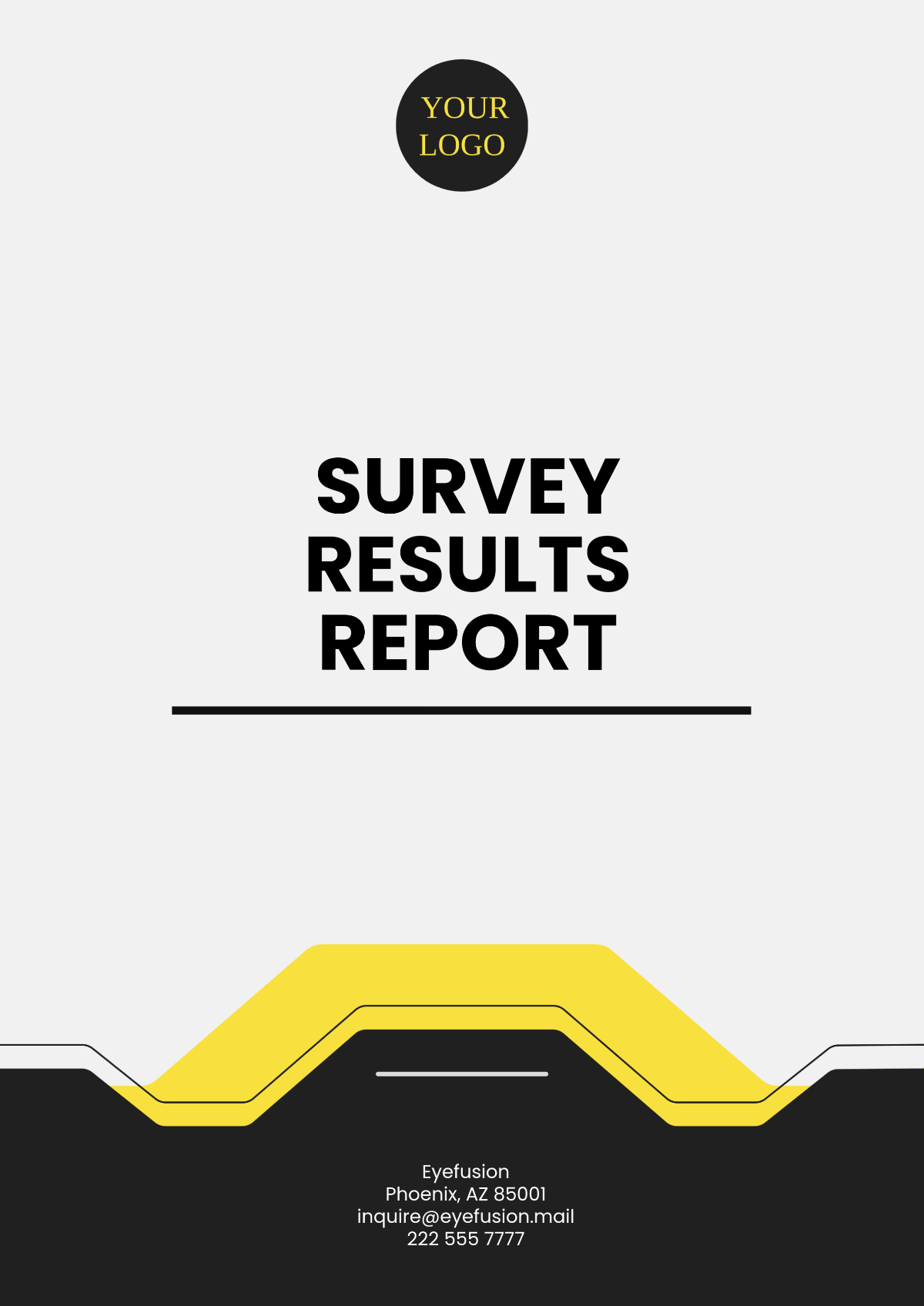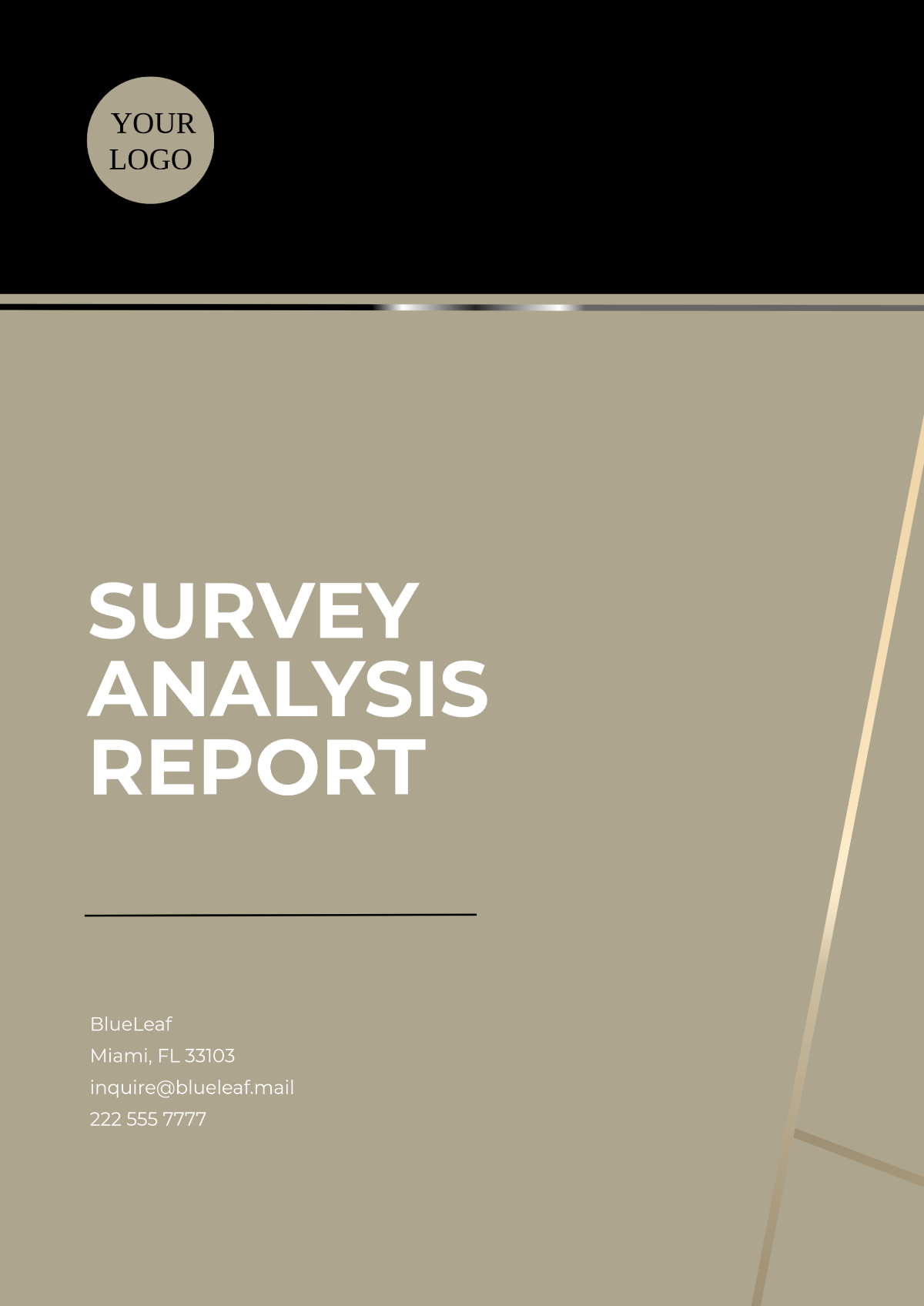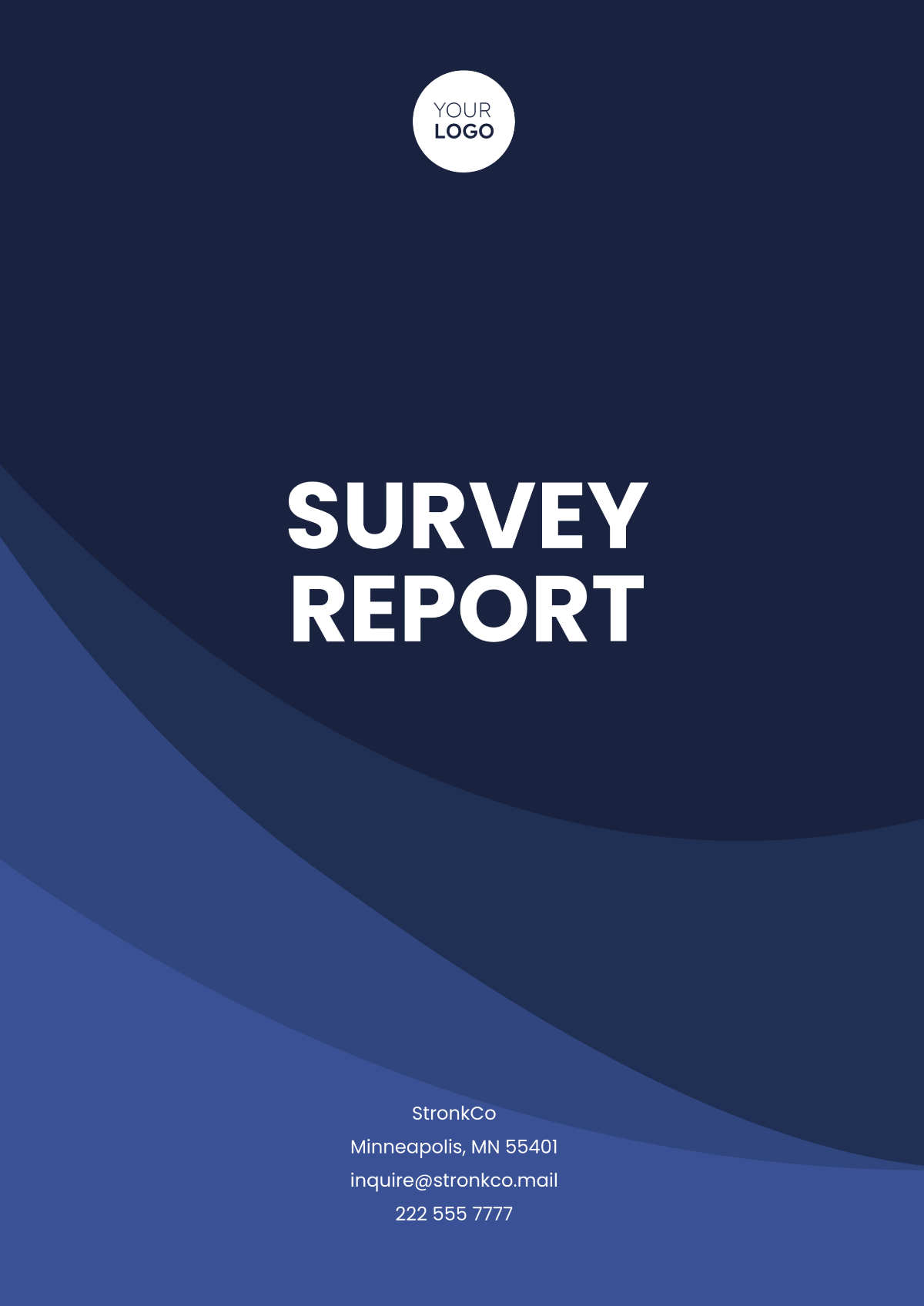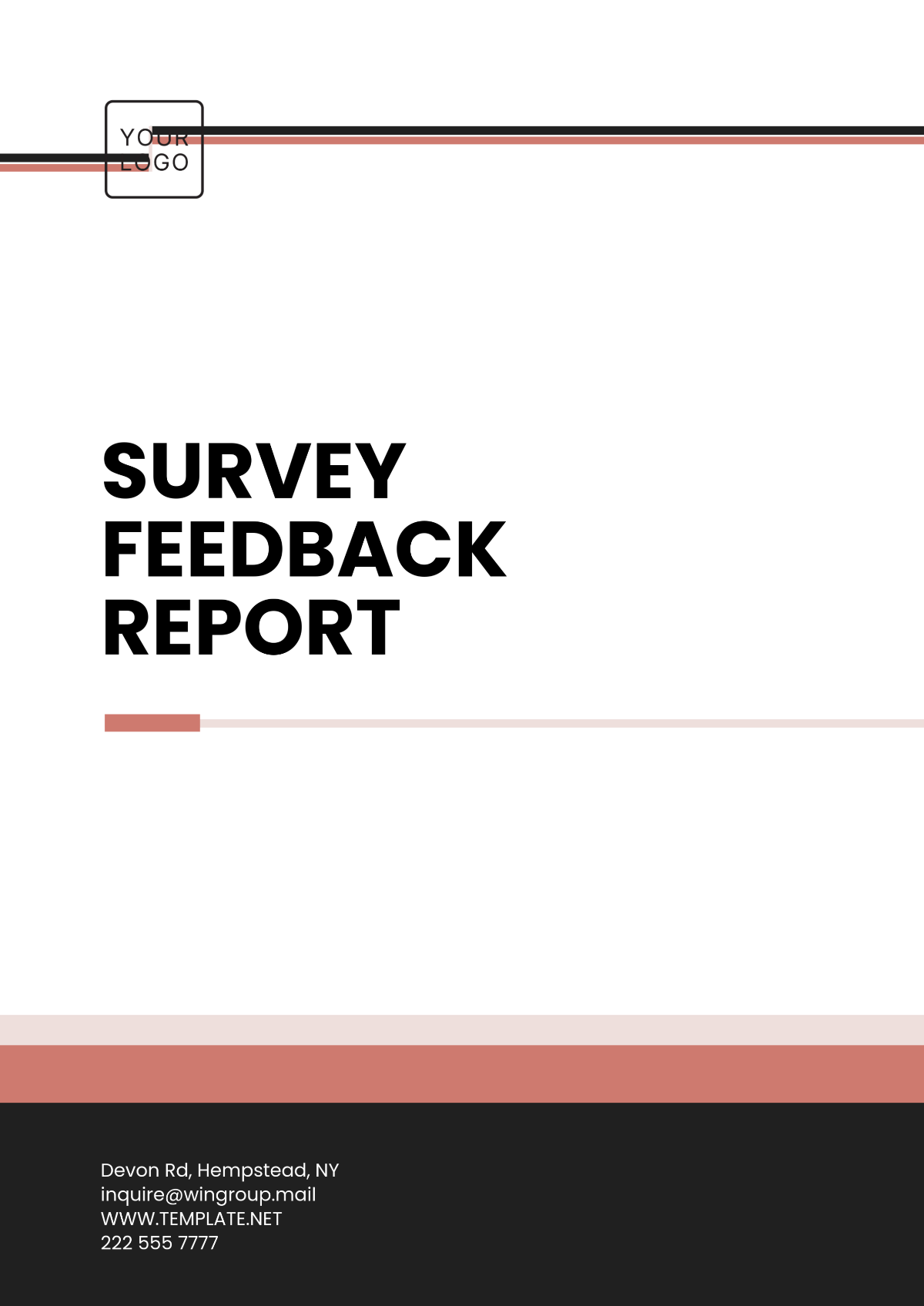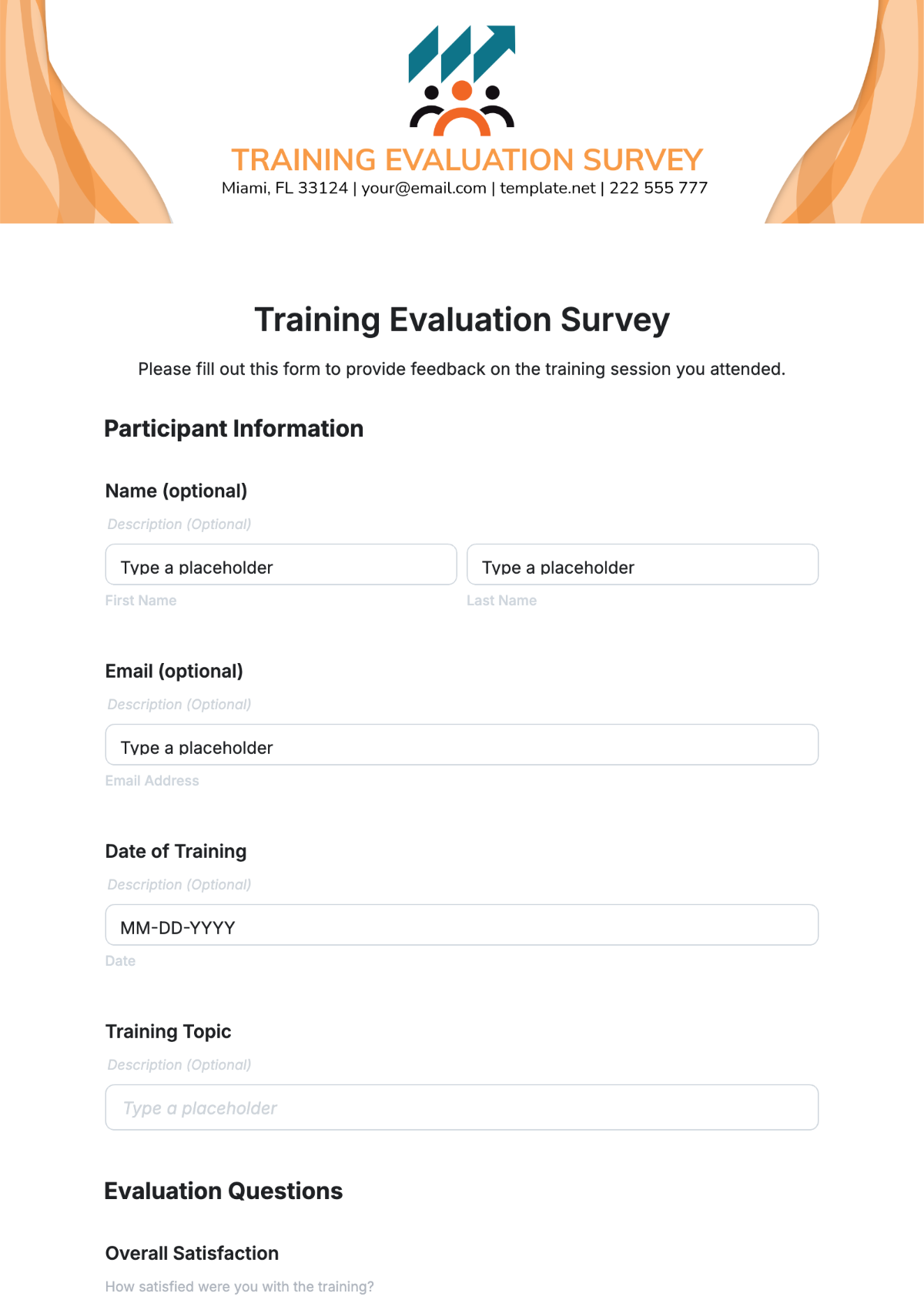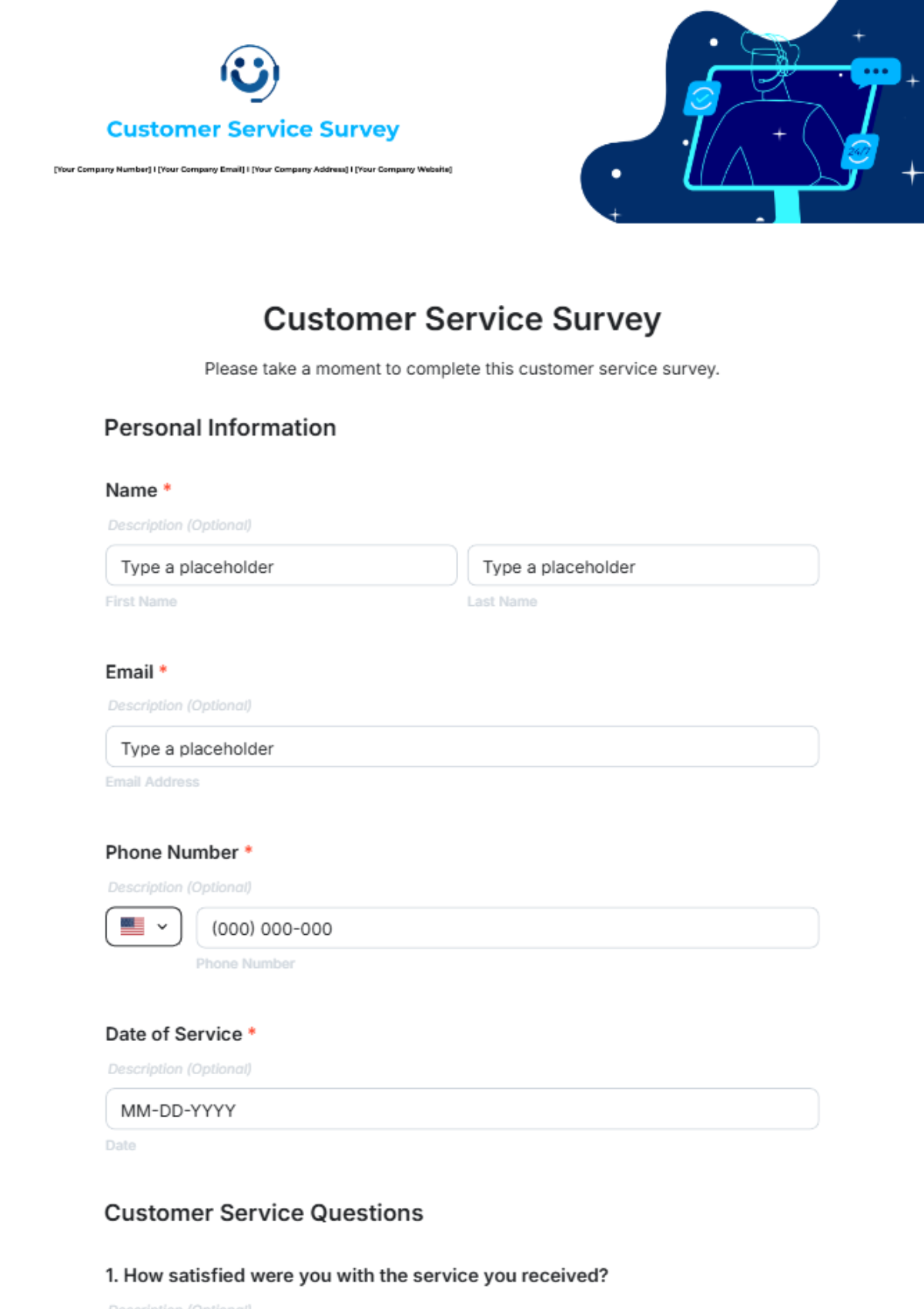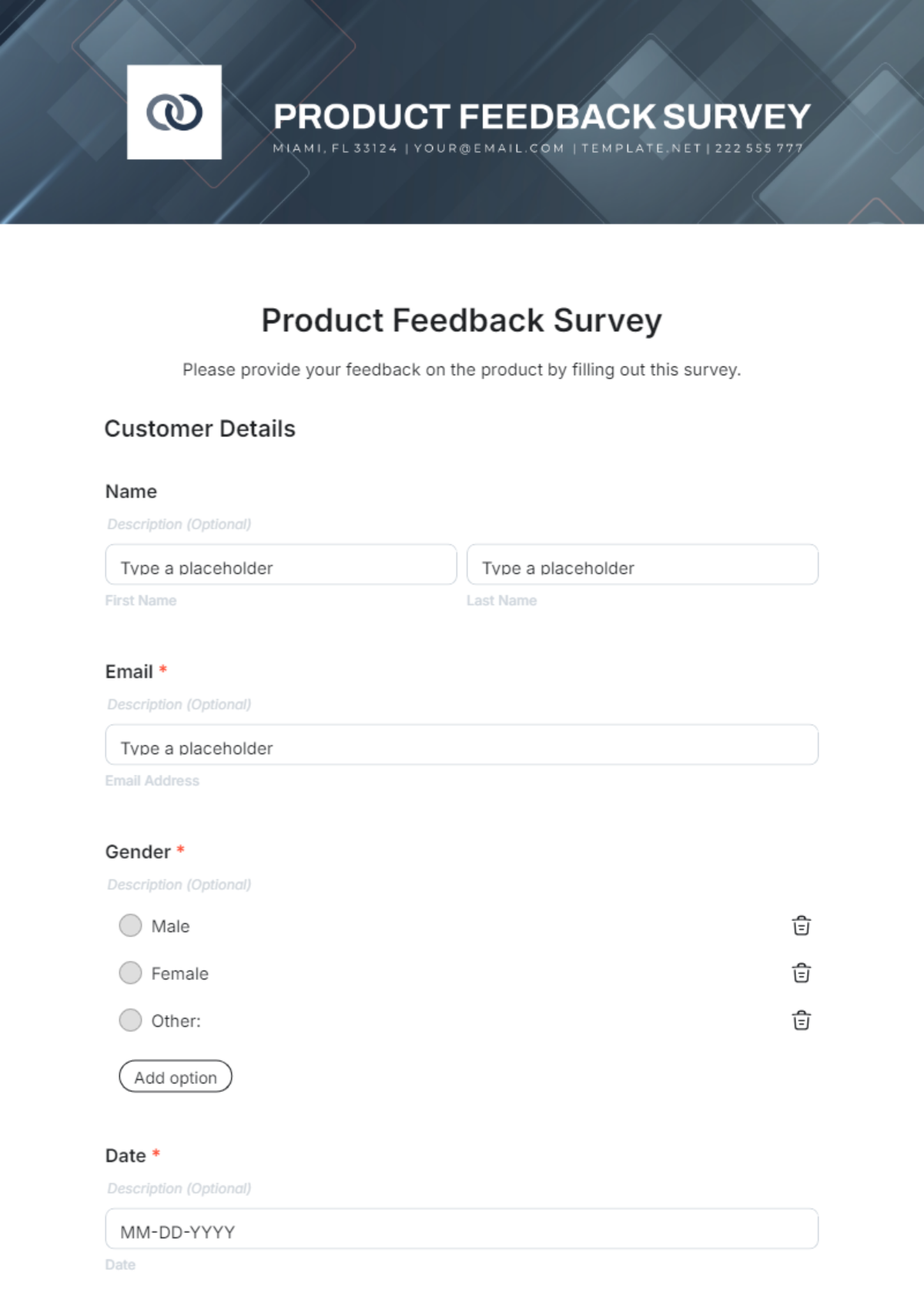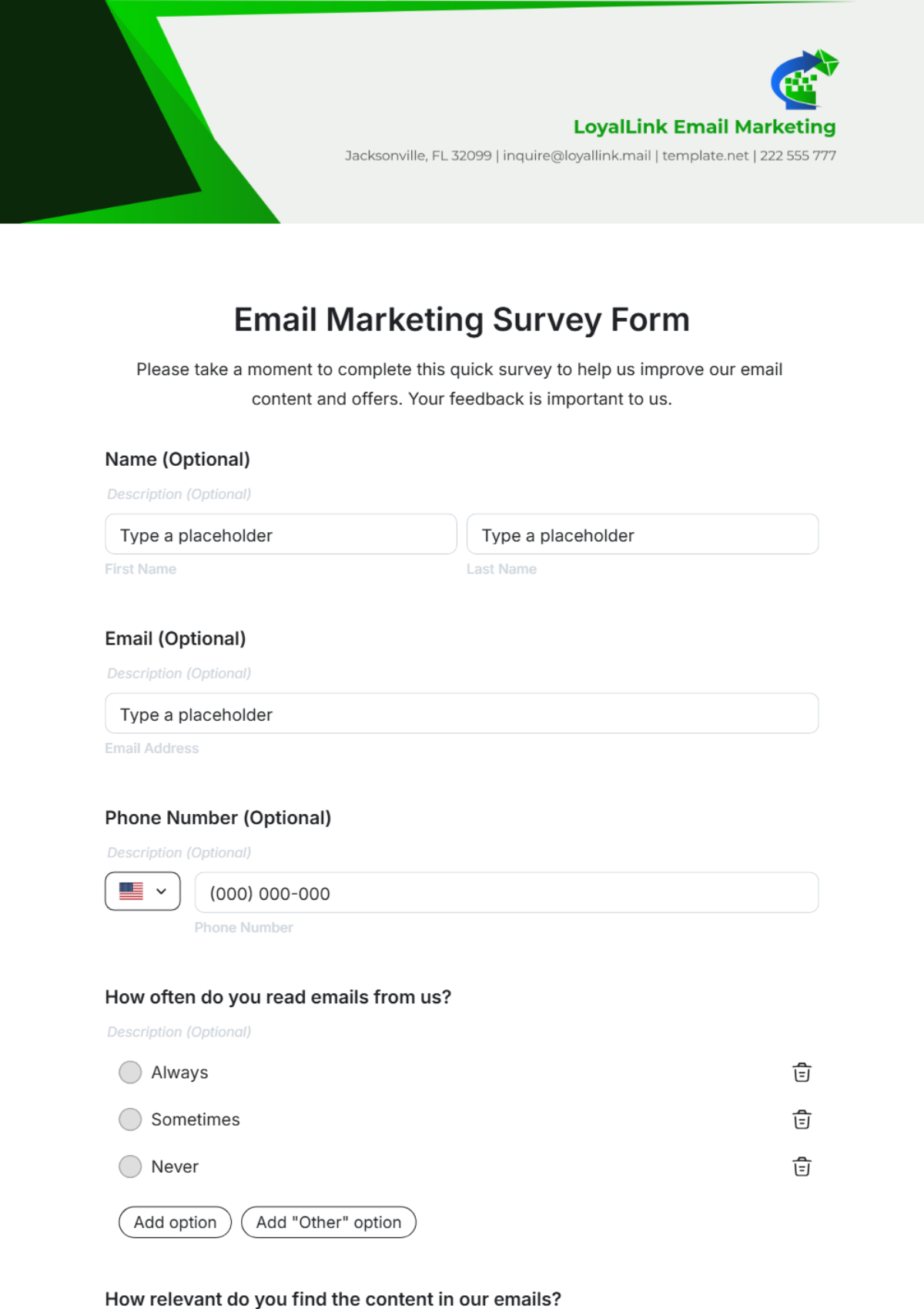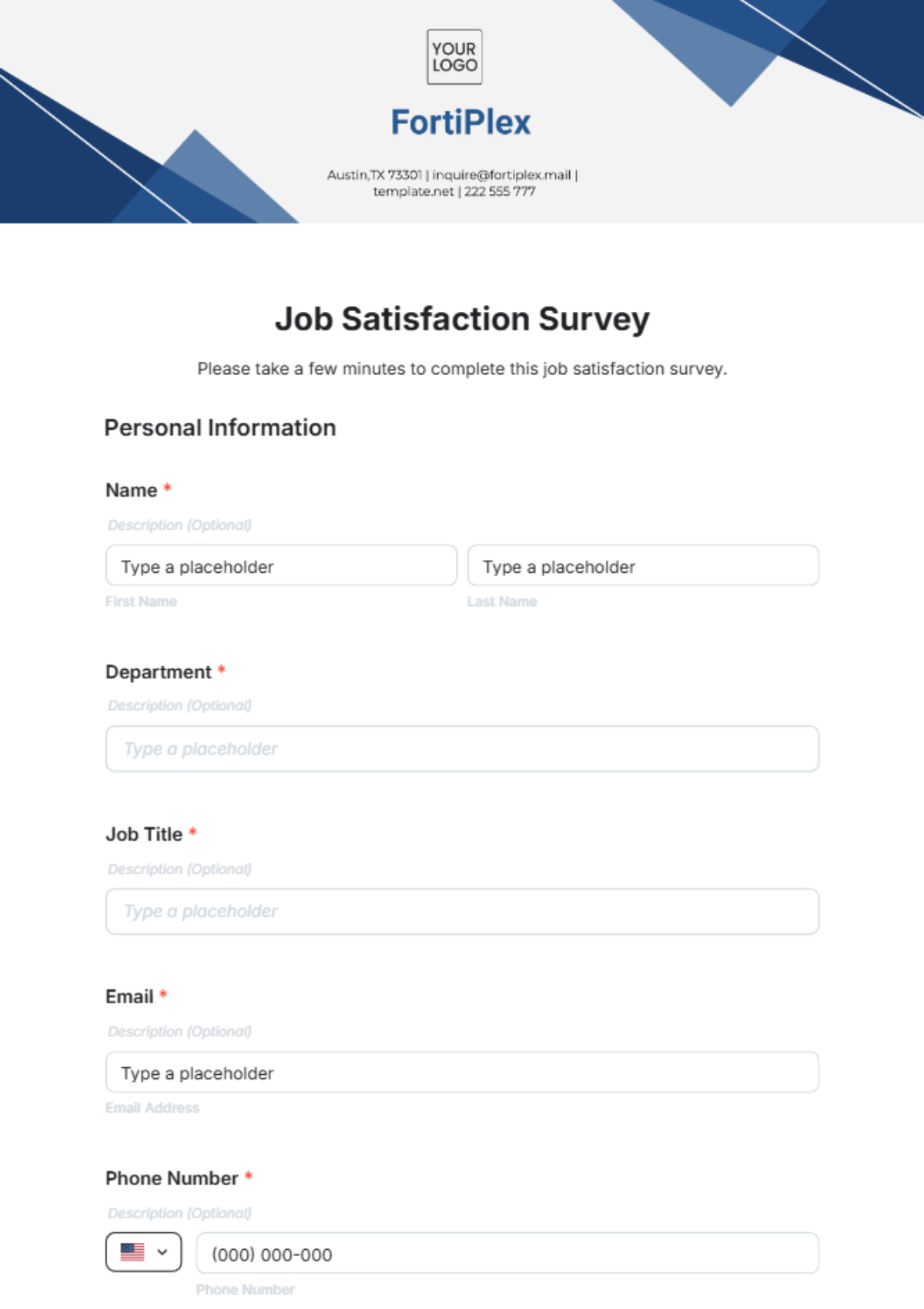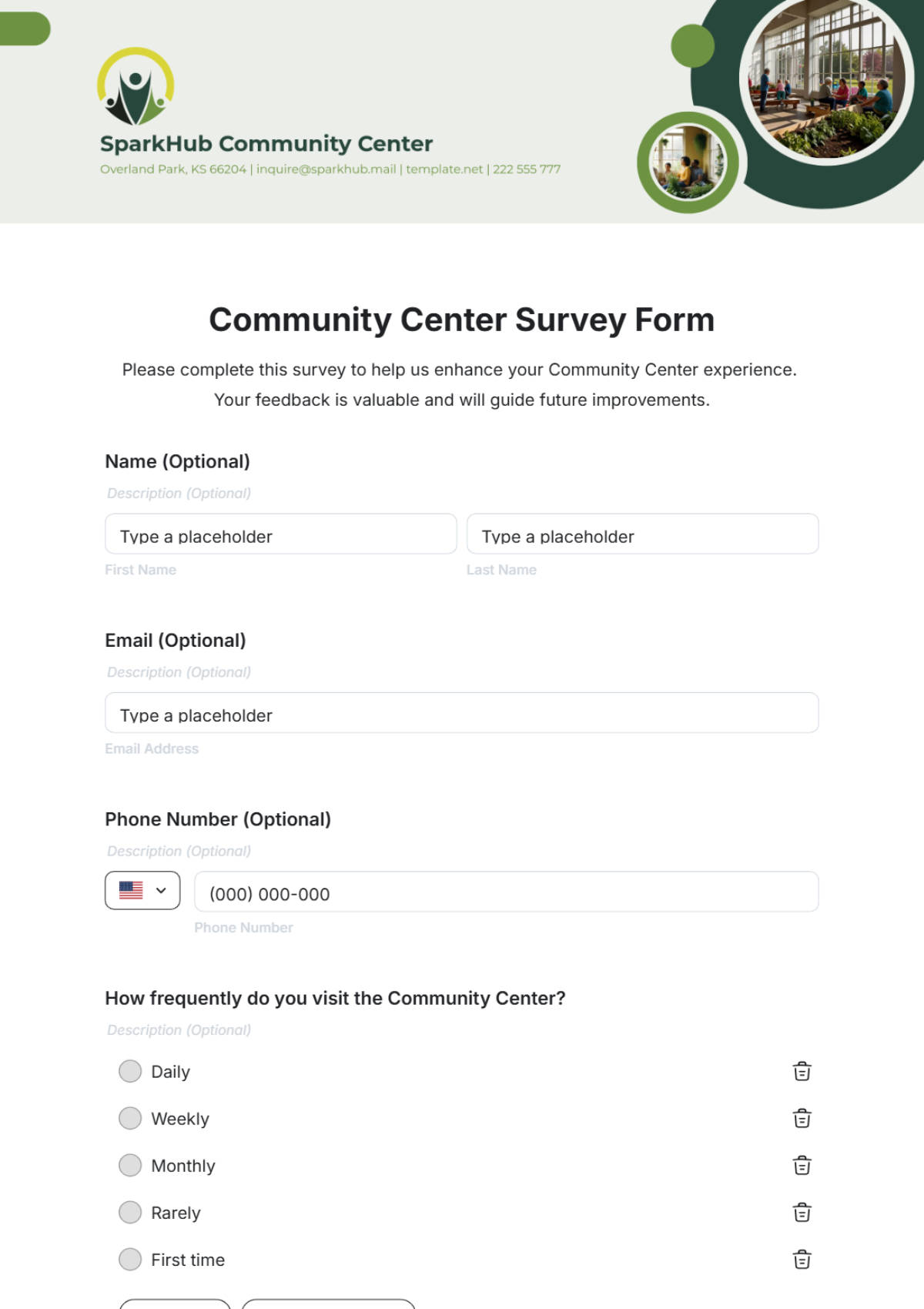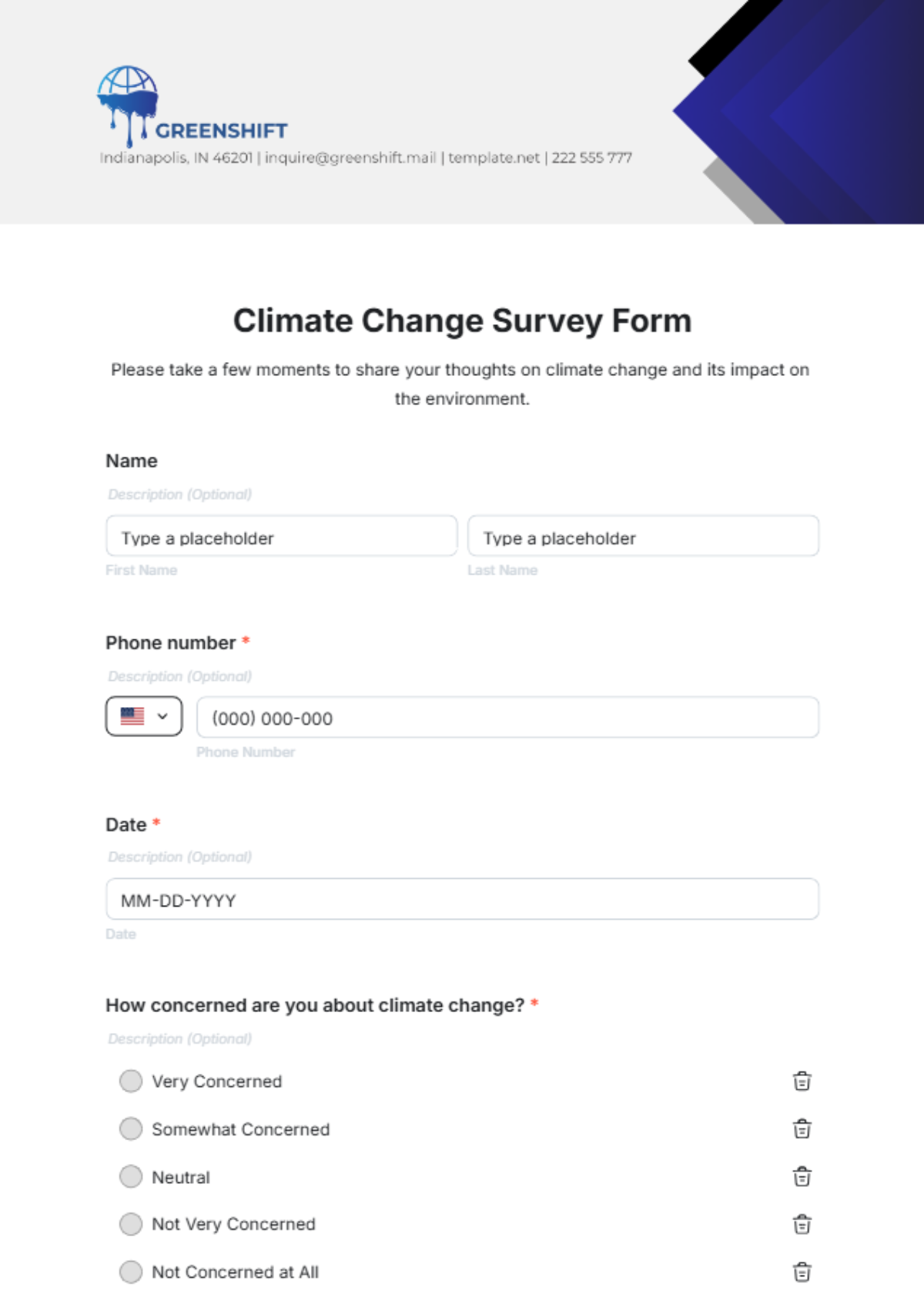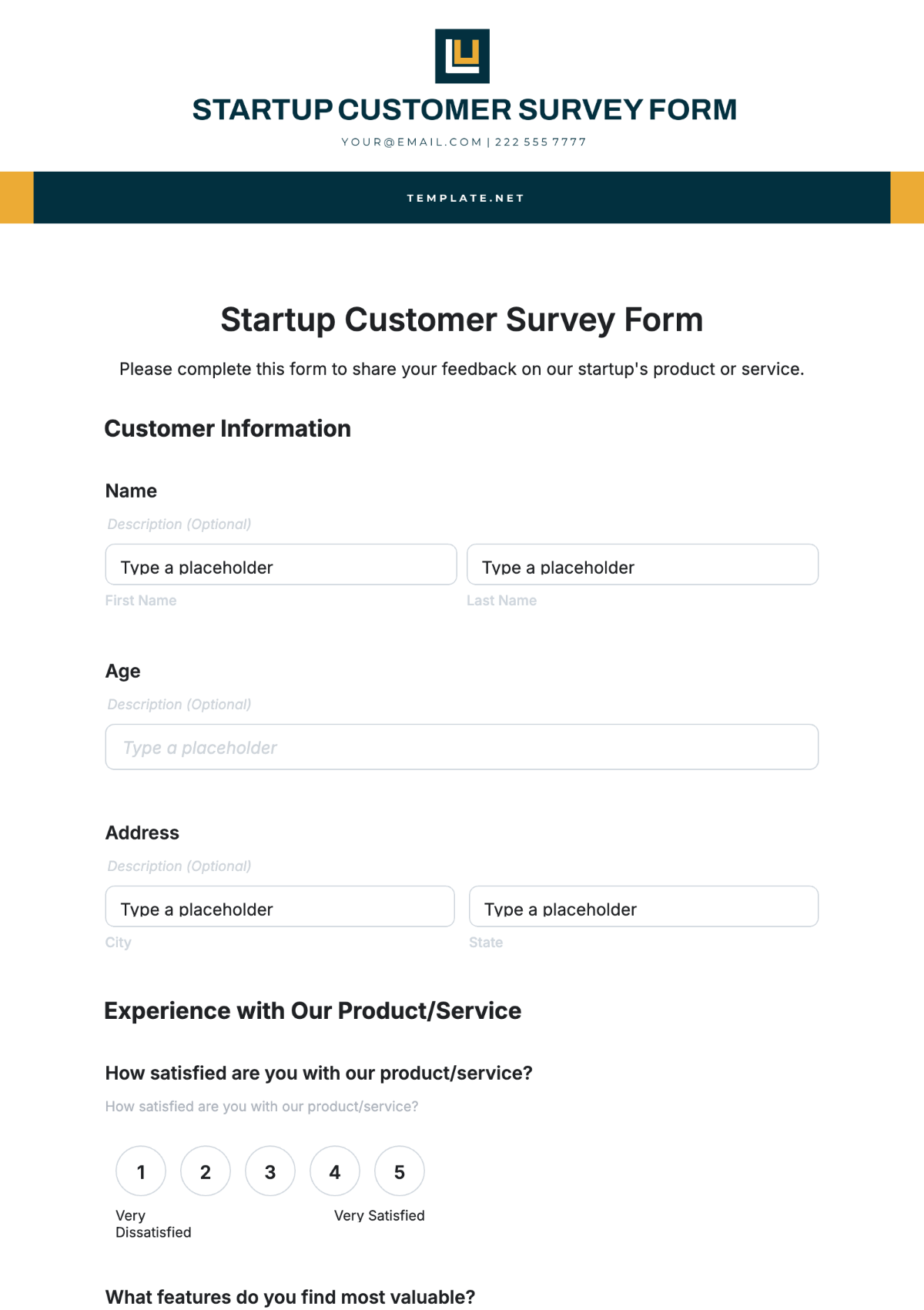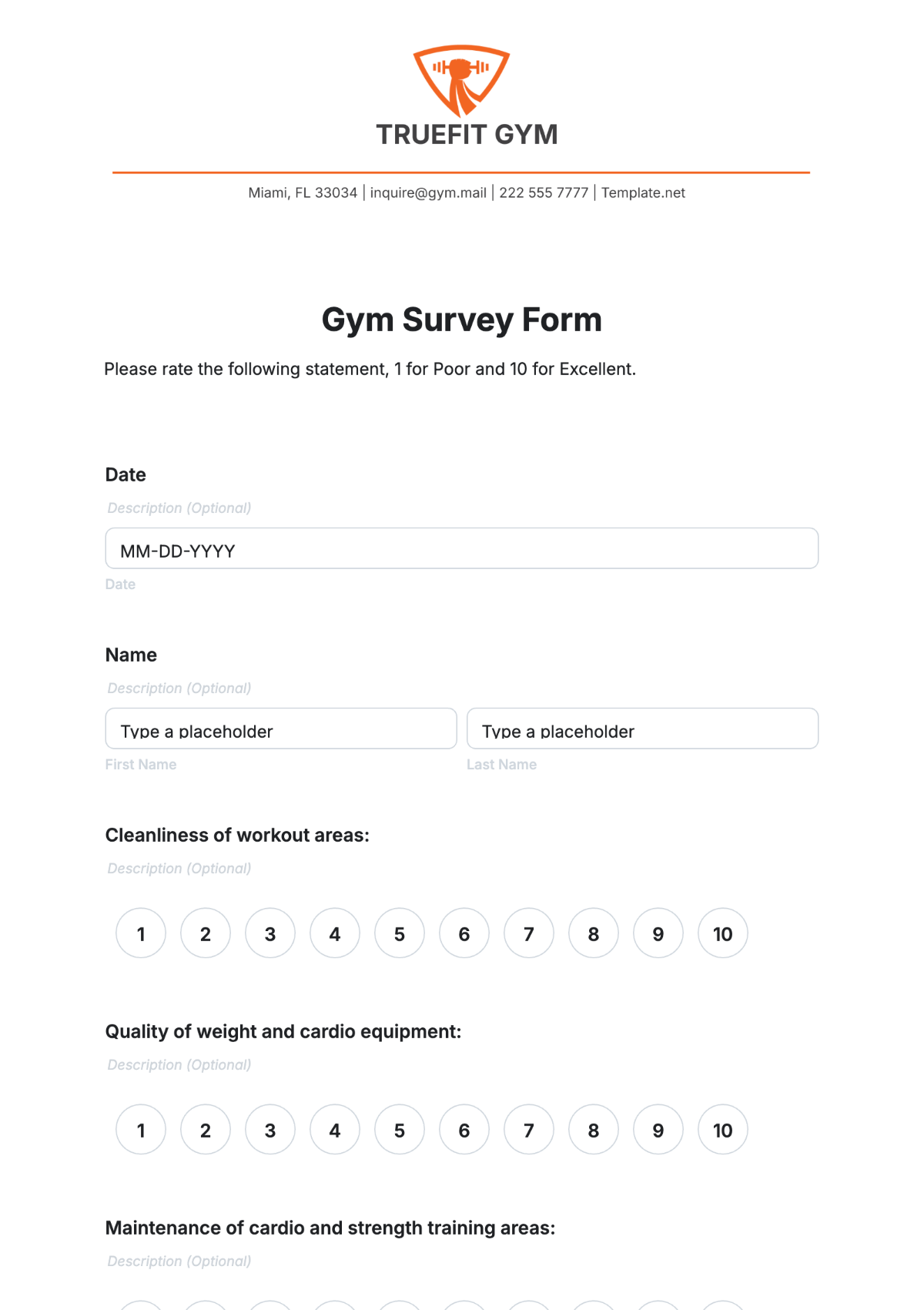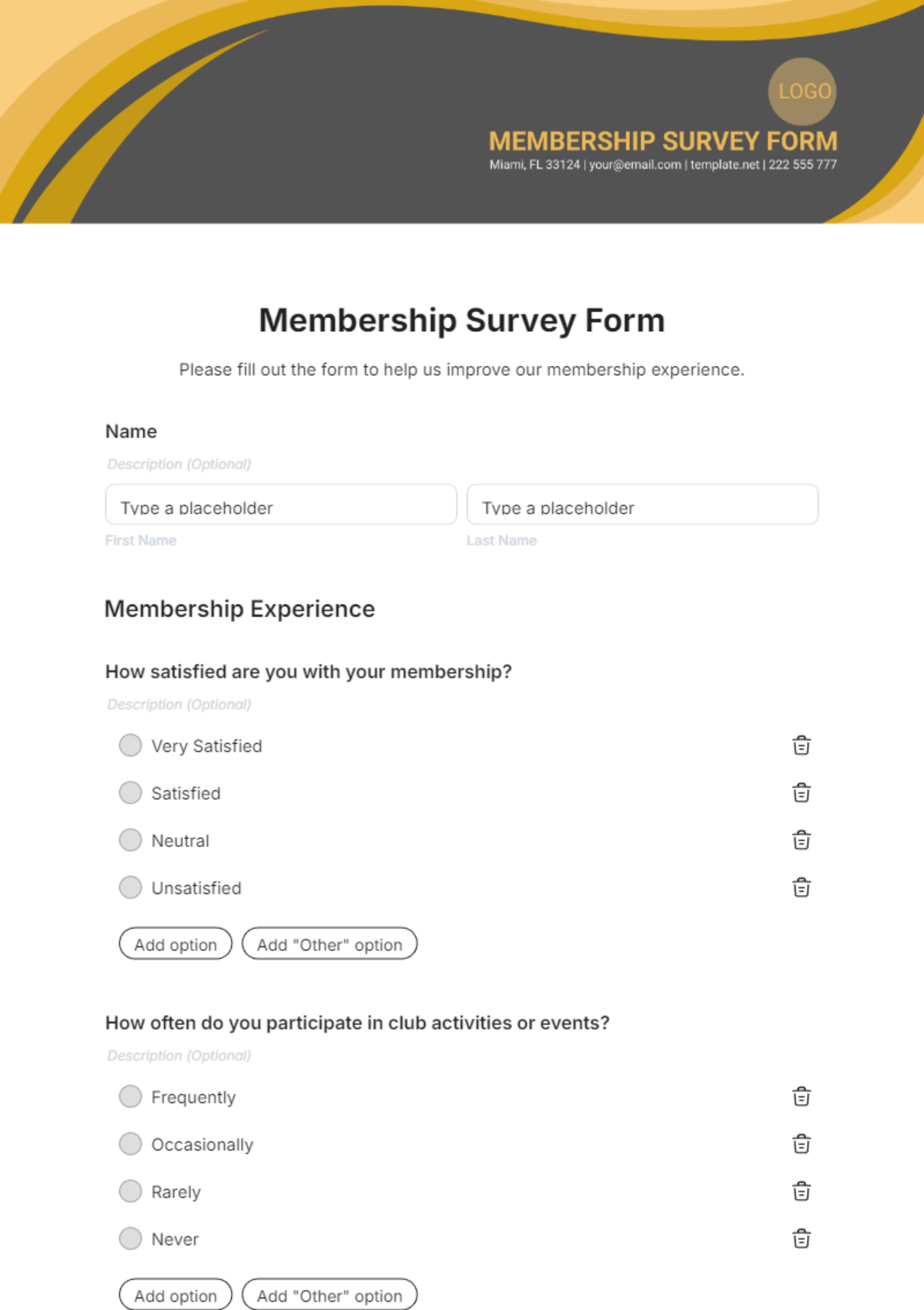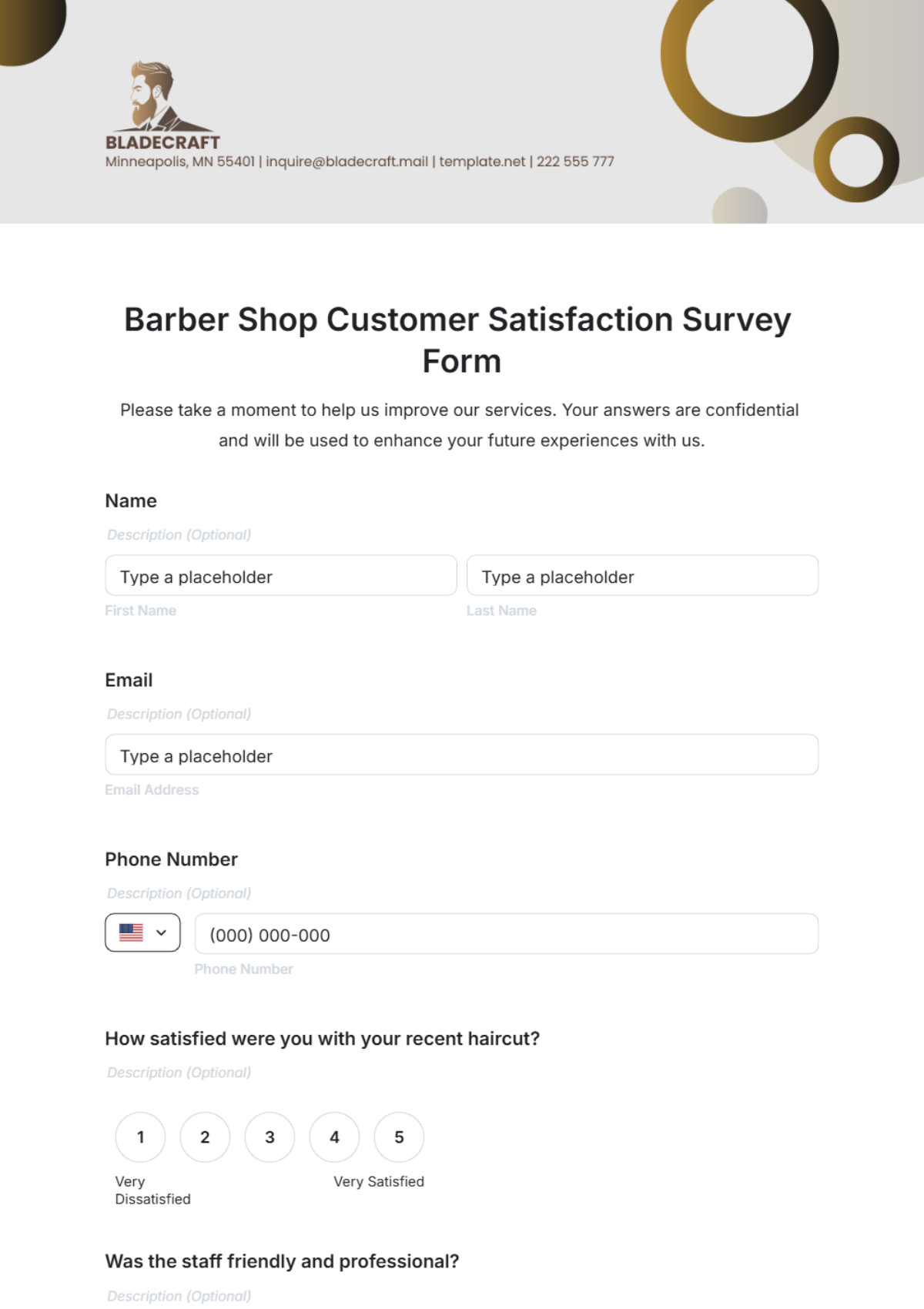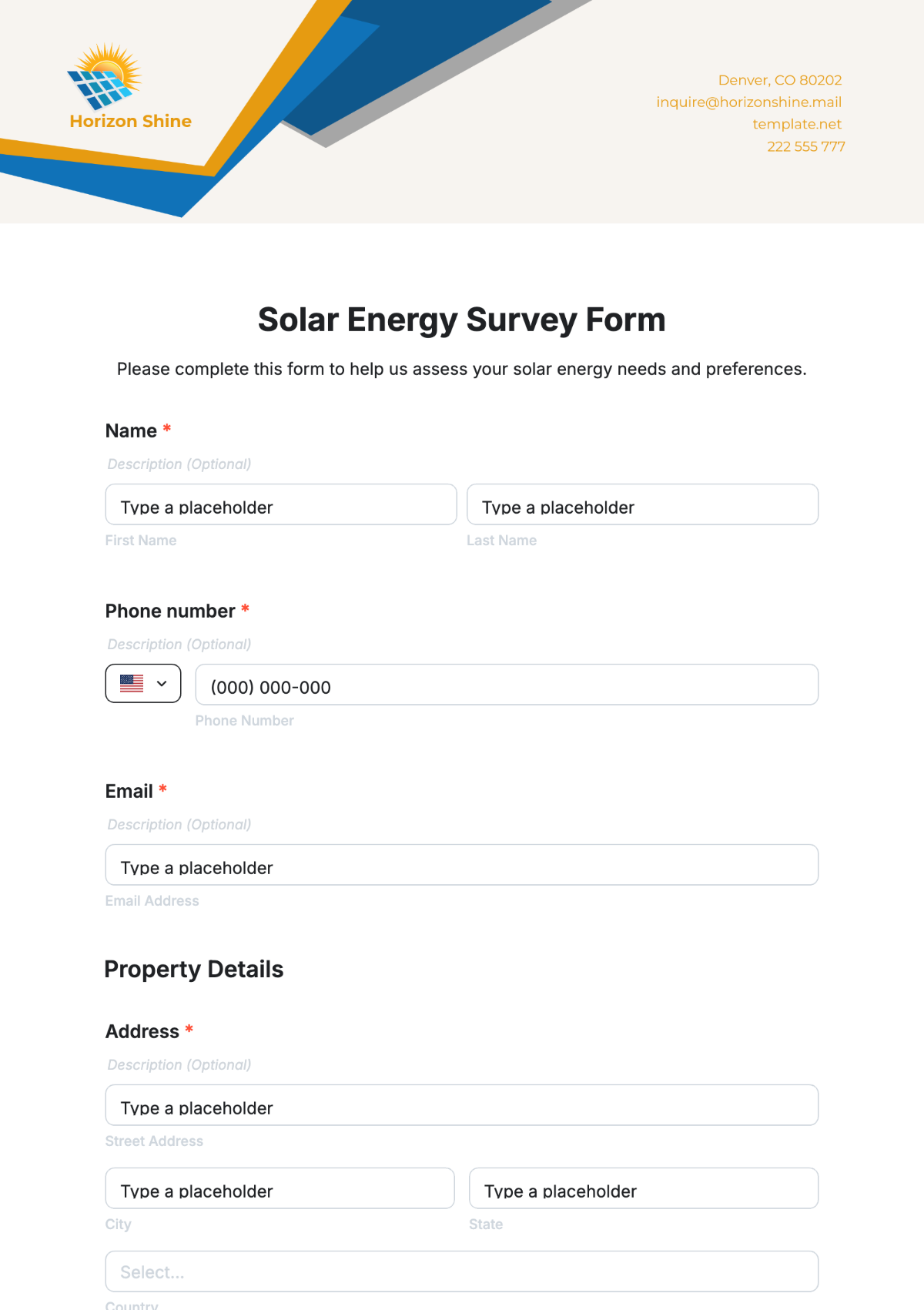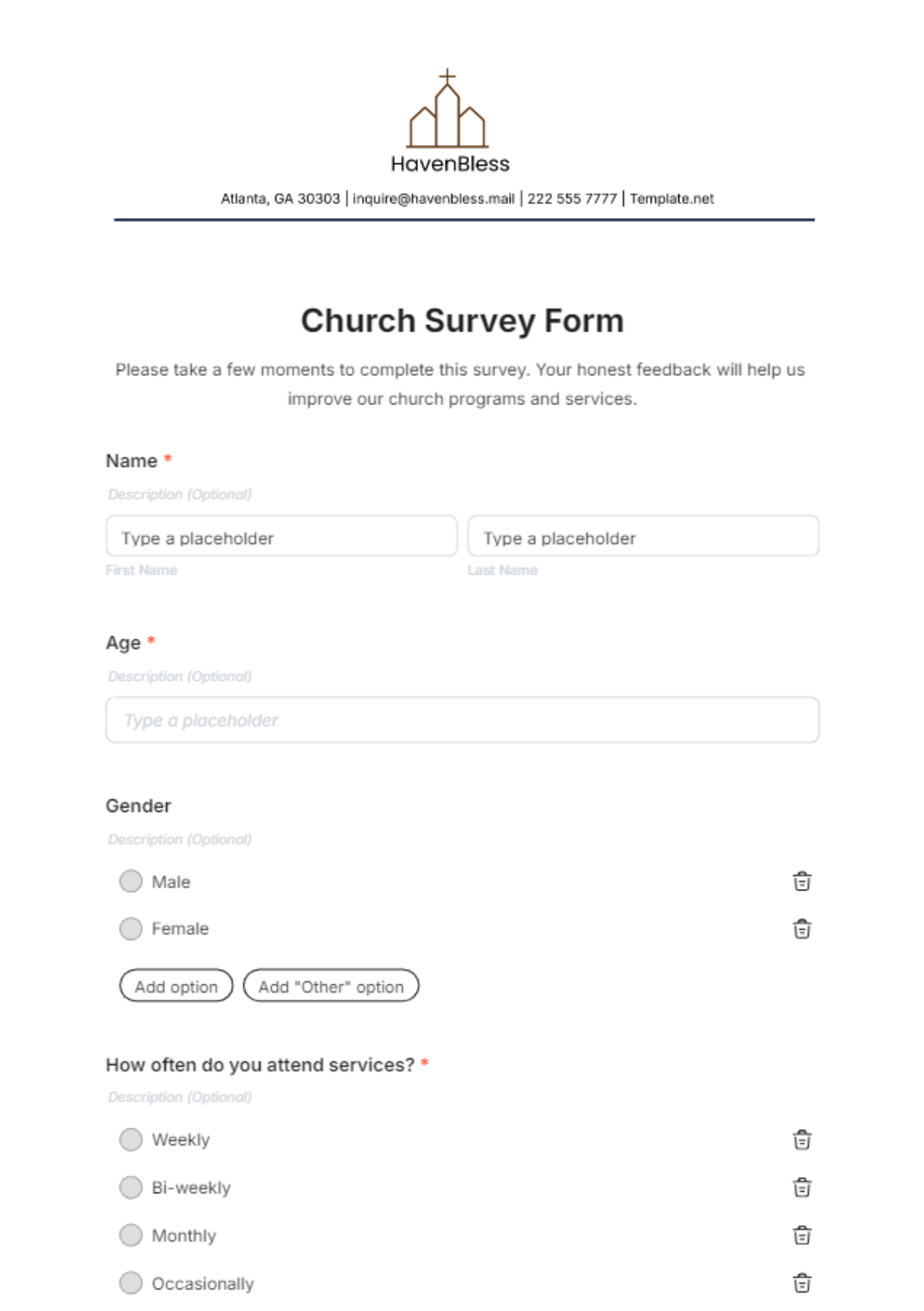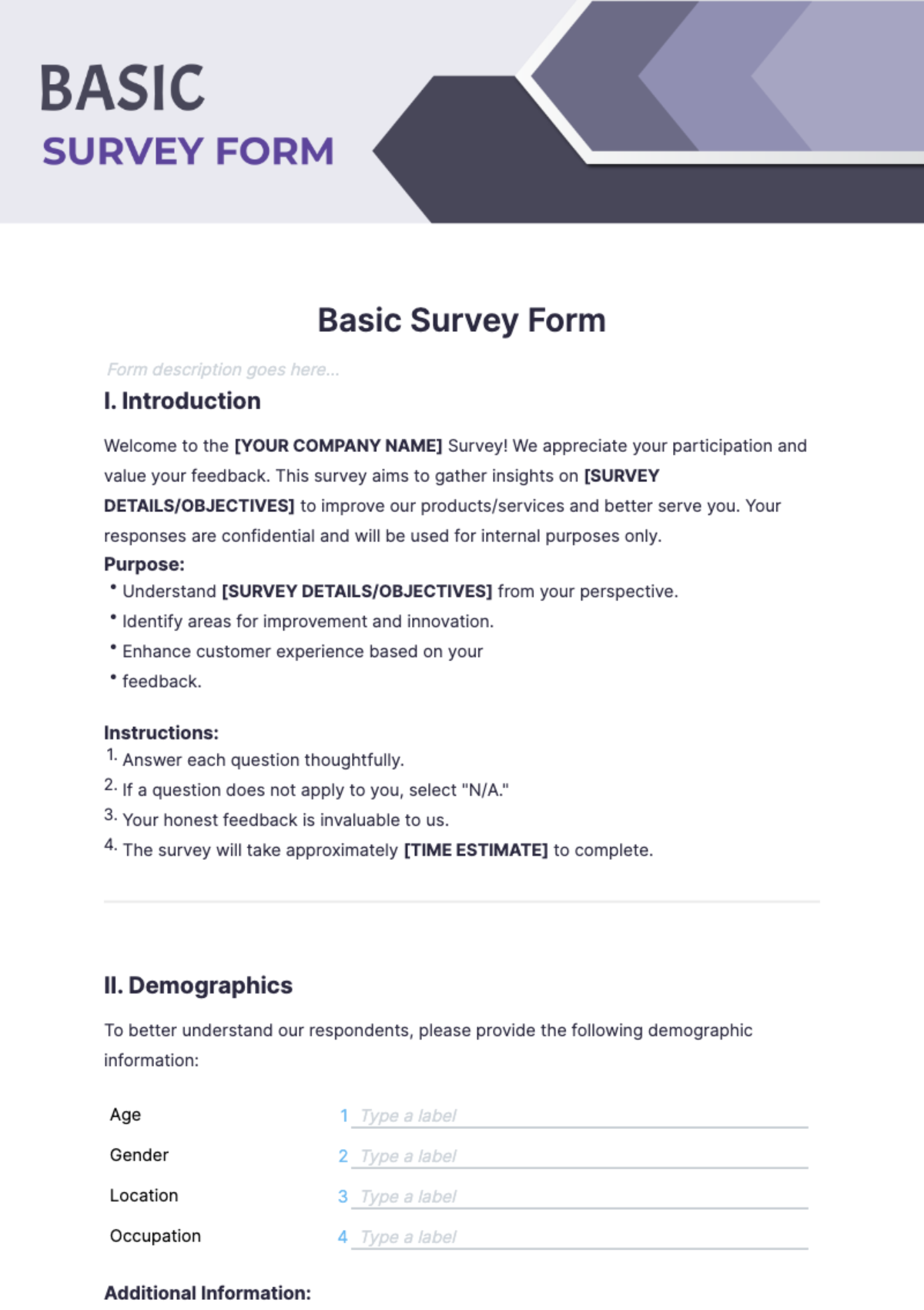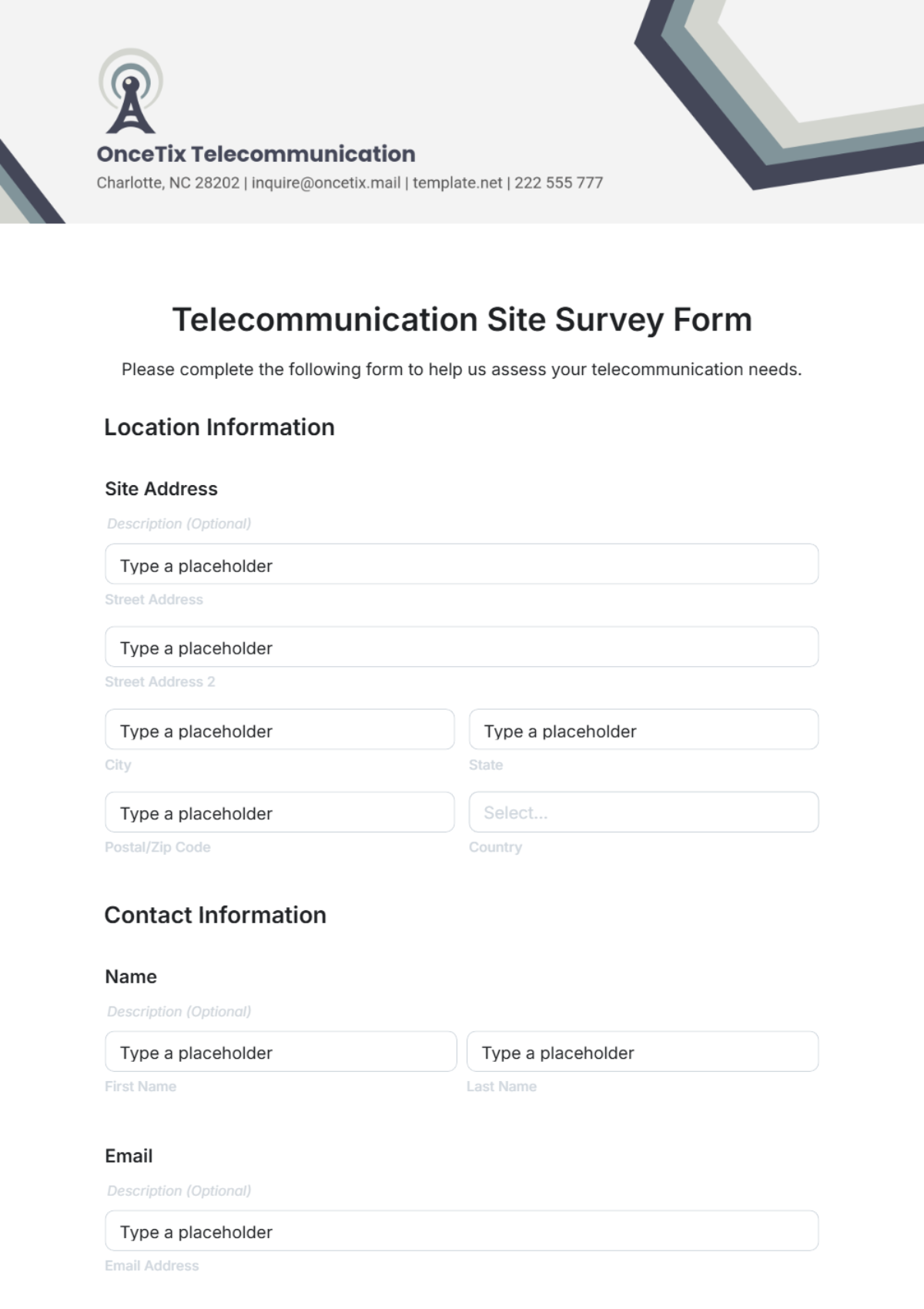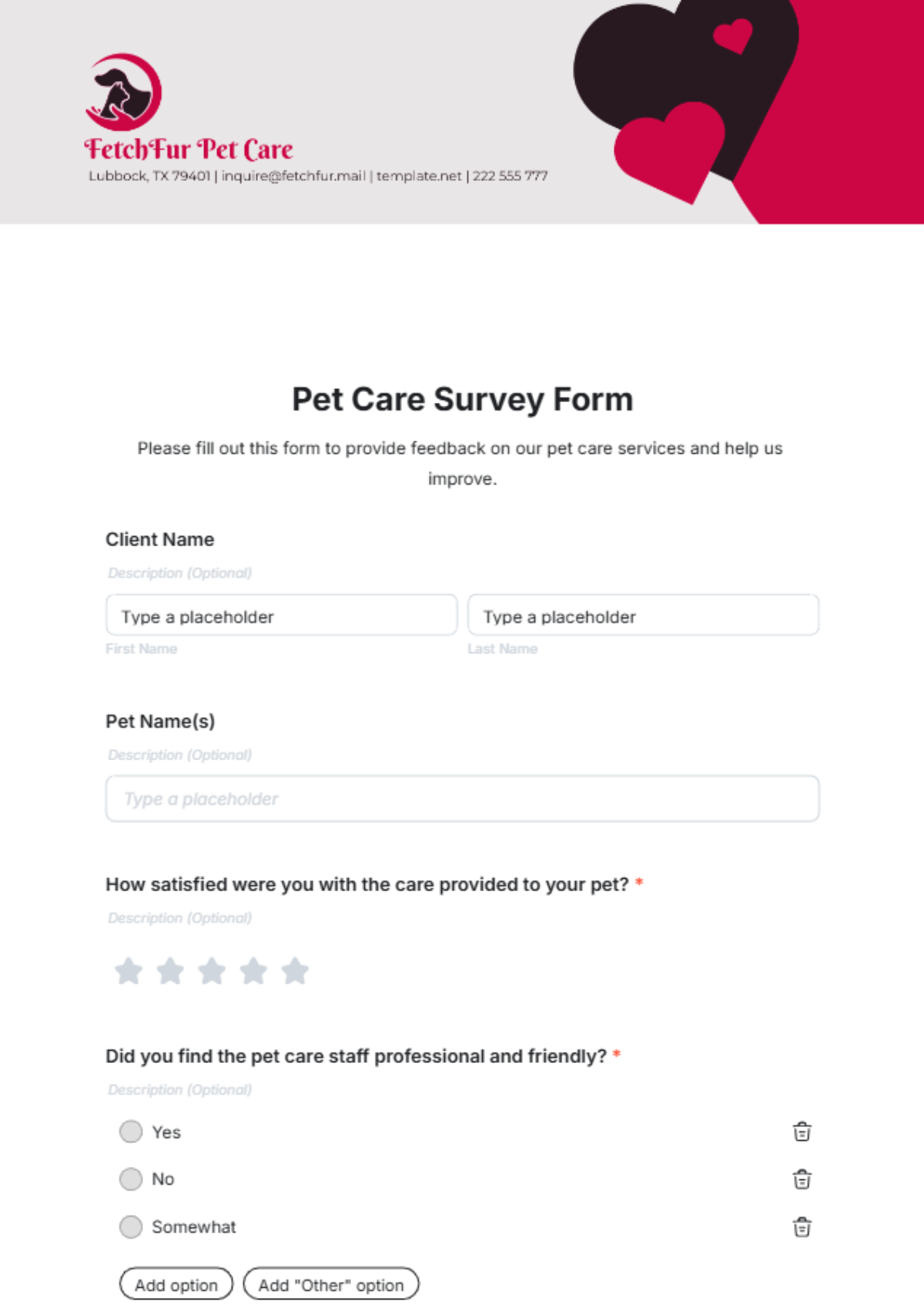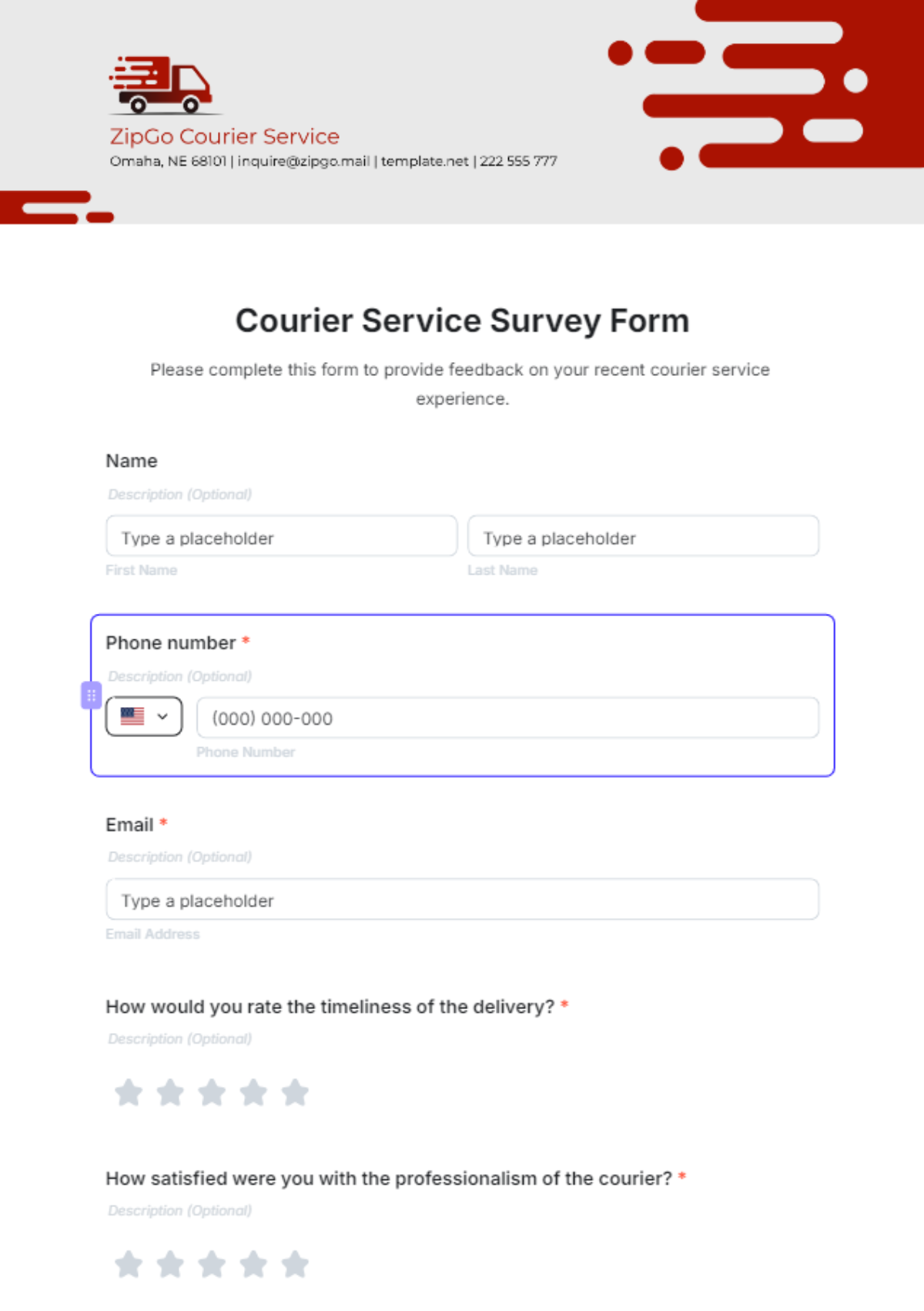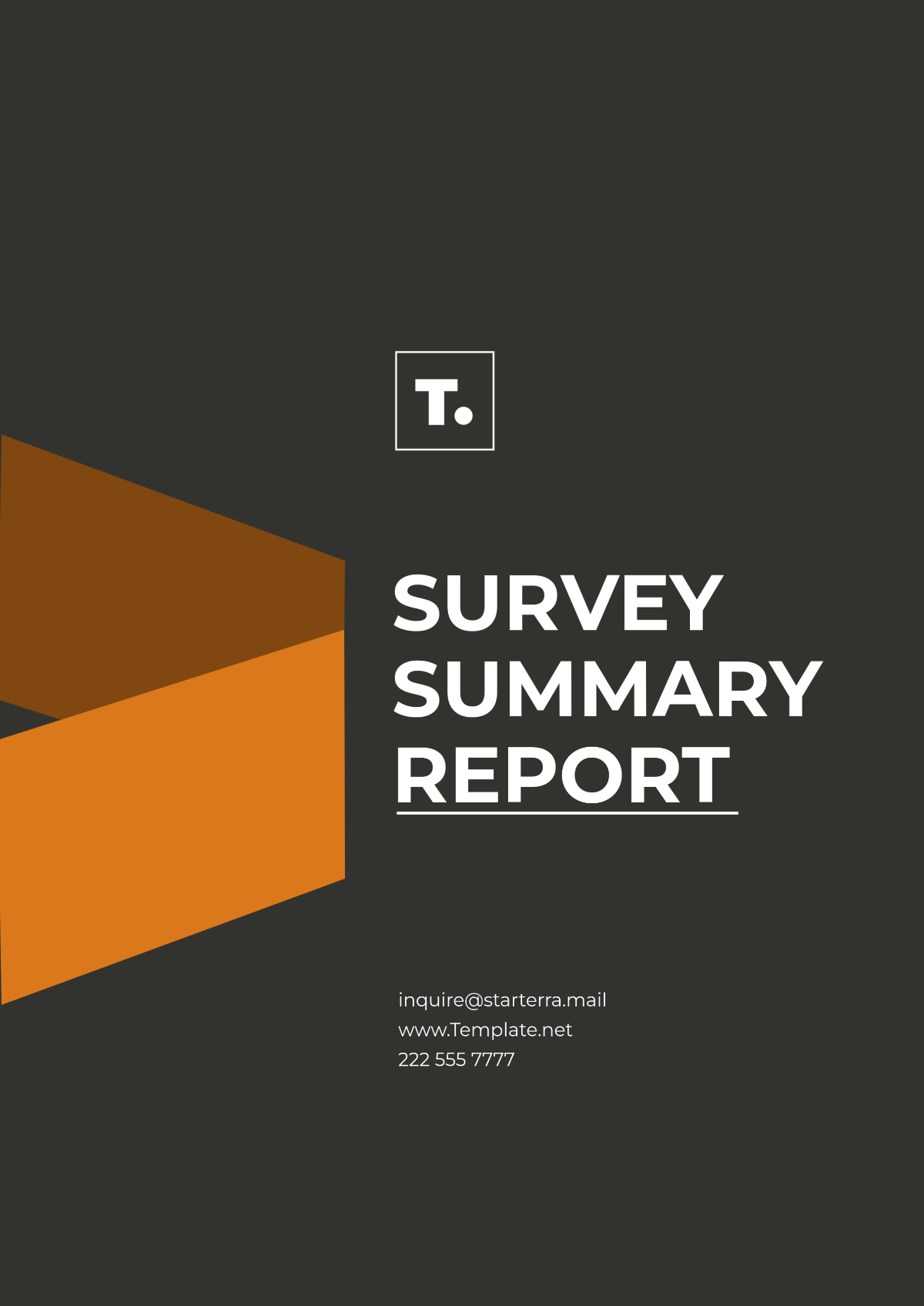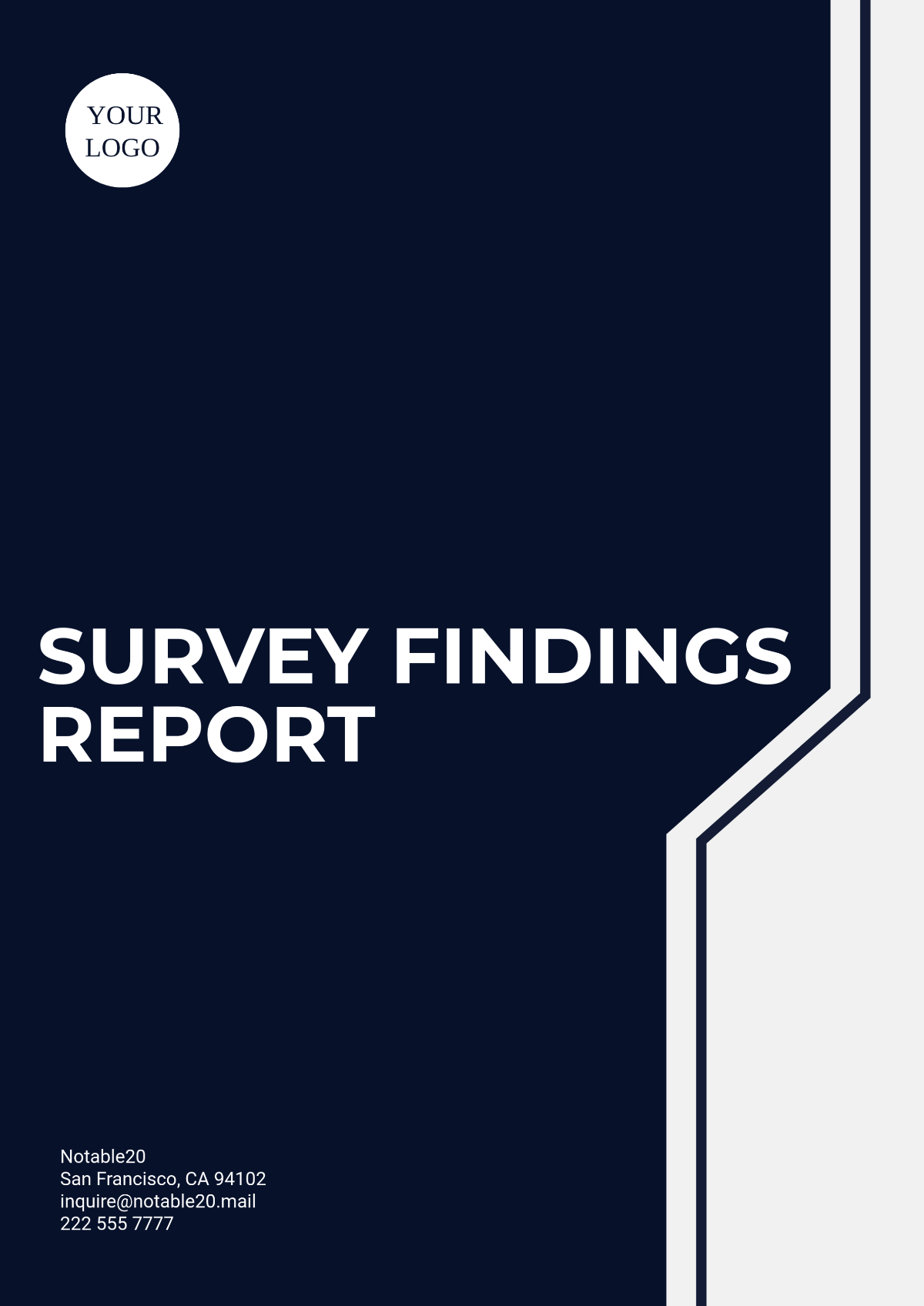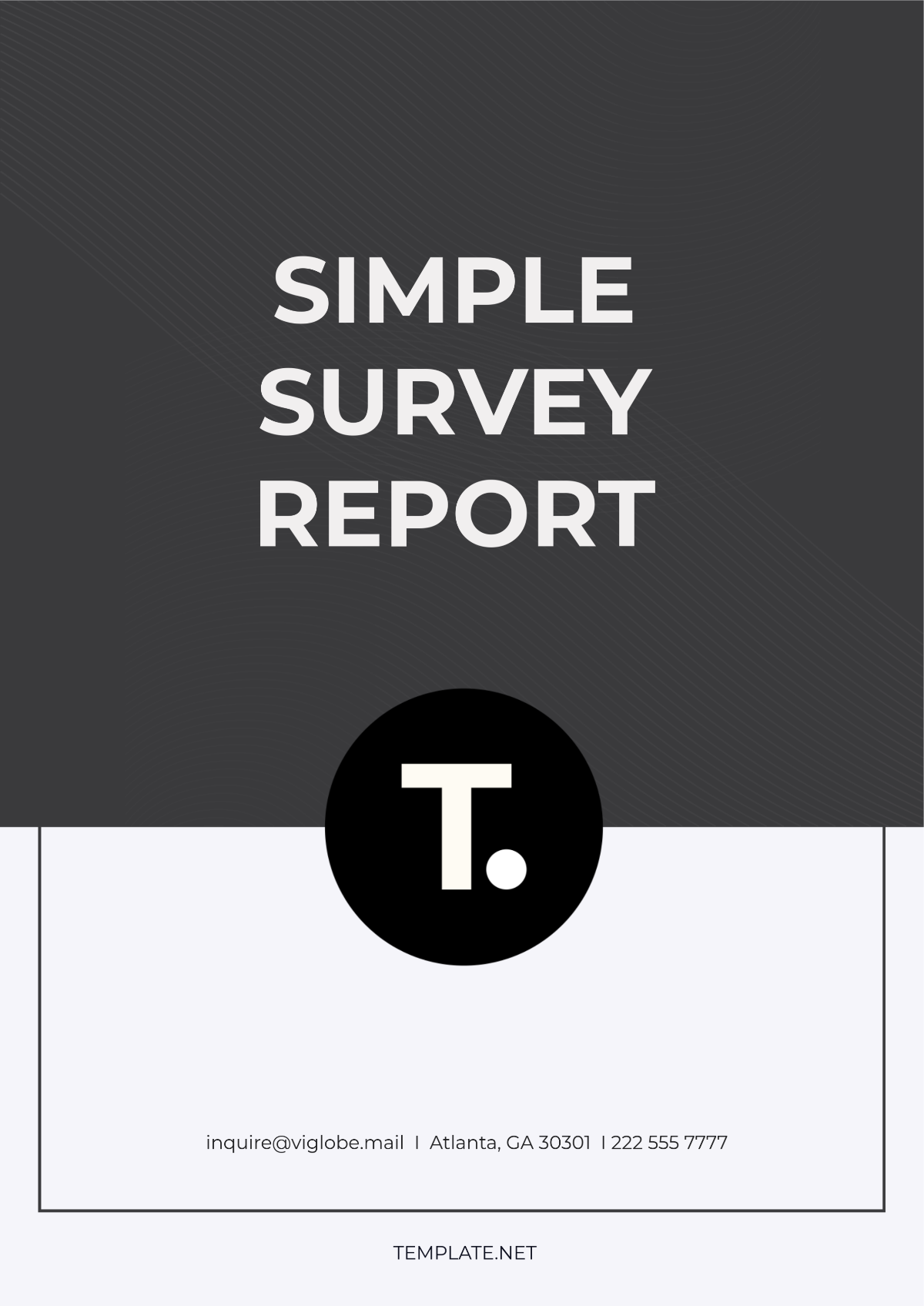Pilot Survey Quantitative Research
Prepared by: [Your Name]
Date: [Date]
Surveys are a widely adopted method for collecting data in various fields such as social sciences, healthcare, and market research. Before full-scale deployment, it is crucial to test and refine the survey tool to ensure its effectiveness, reliability, and validity. This preliminary study outlines the steps undertaken to evaluate and enhance the survey tool through quantitative methods.
I. Introduction
The objective of this preliminary study was to develop a robust survey tool that accurately captures the desired information. By conducting a pilot study, we aimed to gather numerical data to assess the survey’s effectiveness, reliability, and validity.
II. Methodology
A. Survey Design
The initial survey was designed based on existing literature and expert consultation. It comprised both closed-ended and open-ended questions, targeting specific information areas relevant to the study's objectives.
B. Pilot Study
A pilot study was conducted with a sample size of 50 participants, chosen to reflect the characteristics of the target population. The participants completed the survey, and their responses formed the basis for quantitative analysis.
C. Data Collection
Data was collected through an online survey platform, ensuring ease of distribution and data management. The responses were exported into statistical software for analysis.
D. Data Analysis
The quantitative data was analyzed using descriptive and inferential statistics. The primary focus areas included:
Reliability: Assessed using Cronbach's Alpha to determine the internal consistency of the survey items.
Validity: Evaluated through content validity indices and exploratory factor analysis.
Effectiveness: Measured by the response rate and completion time of the survey.
III. Results
A. Reliability
Table 1 shows the Cronbach's Alpha values for different sections of the survey.
Section | Cronbach's Alpha |
|---|---|
Section A | 0.85 |
Section B | 0.90 |
Section C | 0.78 |
The overall reliability of the survey was found to be high, with Cronbach's Alpha values exceeding the acceptable threshold of 0.70.
B. Validity
The content validity indices were calculated through expert ratings, resulting in high scores across all sections. Exploratory factor analysis revealed clear factor loadings, indicating good construct validity.
C. Effectiveness
The pilot study achieved a 92% response rate, with an average completion time of 15 minutes, suggesting that the survey was engaging and manageable for participants.
IV. Discussion
The preliminary study established that the survey tool is both reliable and valid. The feedback from the pilot study was instrumental in identifying minor issues and refining the survey for full-scale deployment. Future steps include larger sample testing and continuous refinement based on participant feedback.
V. Conclusion
This preliminary study demonstrates the importance of pilot testing in survey development. By employing quantitative methods, researchers can ensure that their survey tools are robust and capable of providing accurate and reliable data.
VI. References
American Psychological Association. (2050). Publication Manual of the American Psychological Association (7th ed.). Washington, DC: Author.
Kelley, K., Clark, B., Brown, V., & Sitzia, J. (2050). Good practice in the conduct and reporting of survey research. International Journal for Quality in Health Care, 15(3), 261-266.
Netemeyer, R. G., Bearden, W. O., & Sharma, S. (2050). Scaling Procedures: Issues and Applications. Sage Publications.
